Guest writer: Anna Nilsson Spets
It is the middle of the night when I land at the extremely large airport in Istanbul, by taxi it takes 45 minutes to Sultanhamet, the old town, where I have booked accommodation in a hostel. I wake up the poor sleeping night staff and crawl into a bunk bed in a room for 6 people.
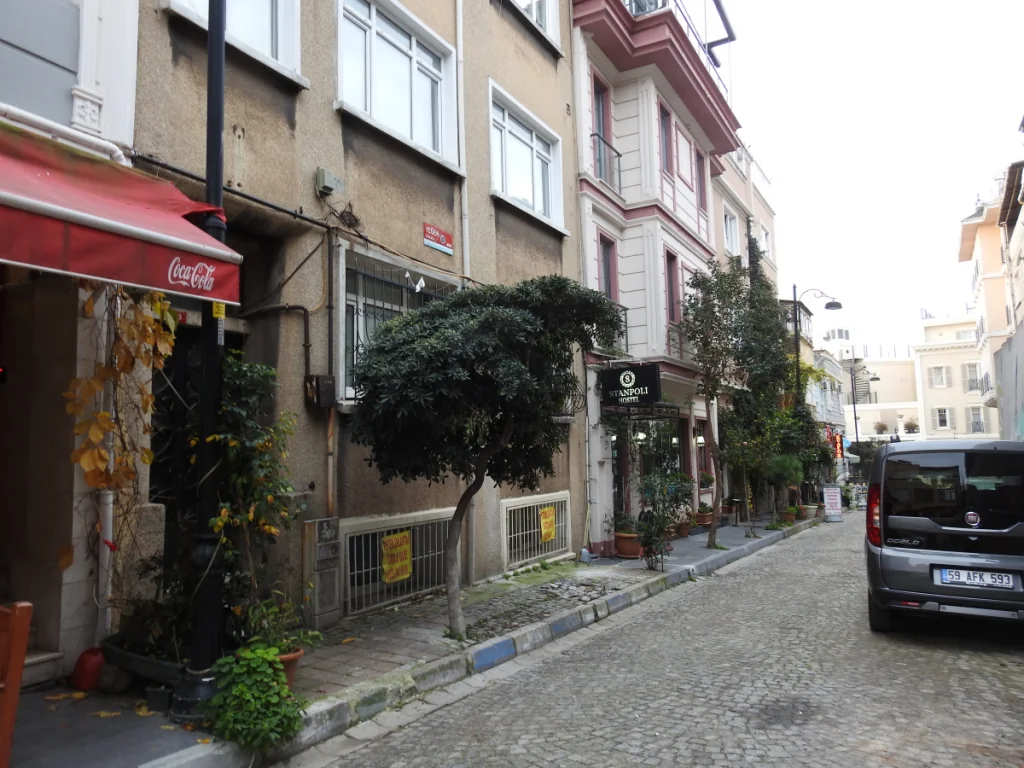
The morning starts with the minaret calls that seem to communicate with each other, I have a good breakfast on the terrace overlooking the Blue Mosque on one side and the Bosphorus on the other.
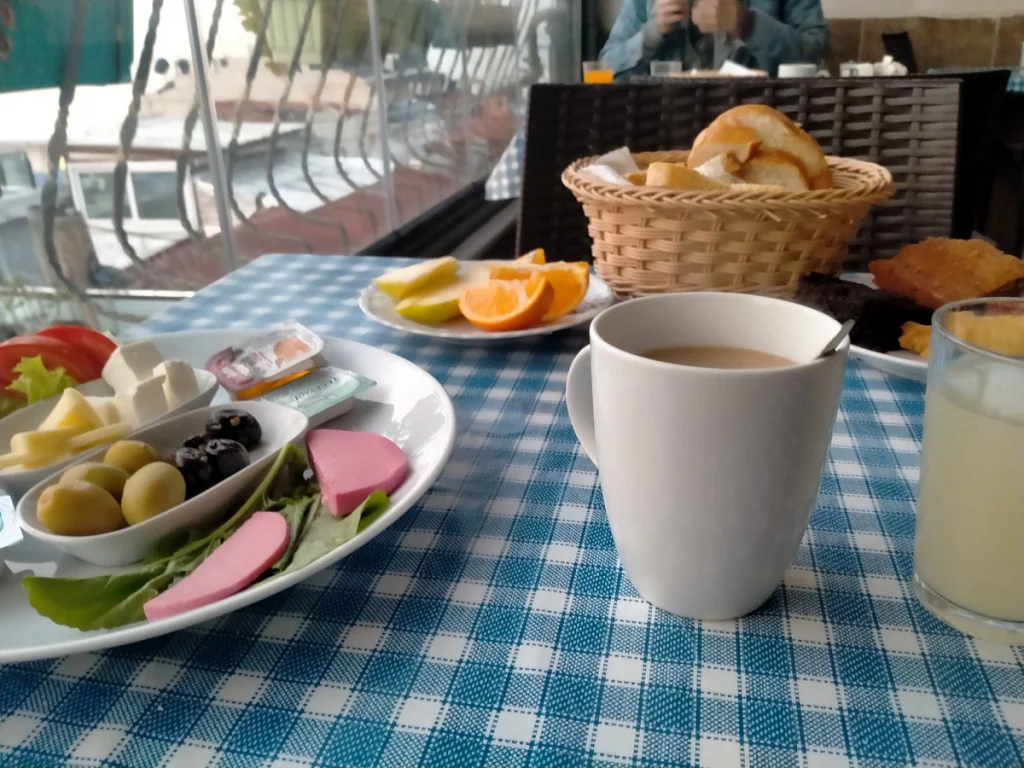
I have 8 hours to explore Istanbul before my flight to Jordan. The Blue Mosque is a stone's throw from the property.
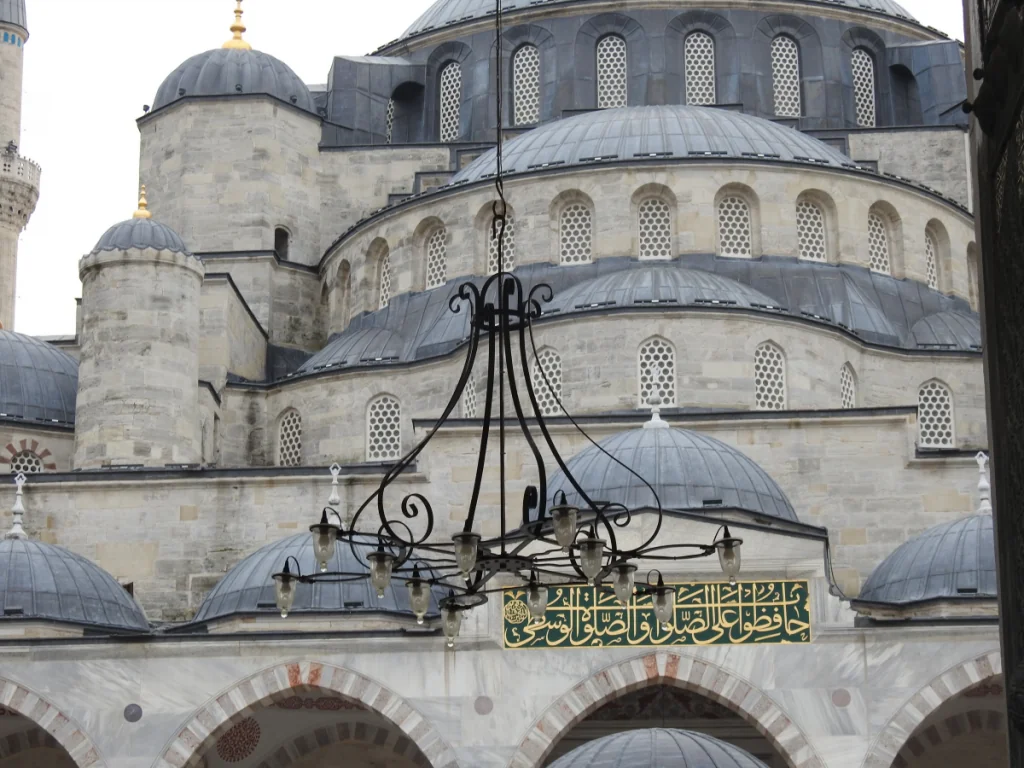
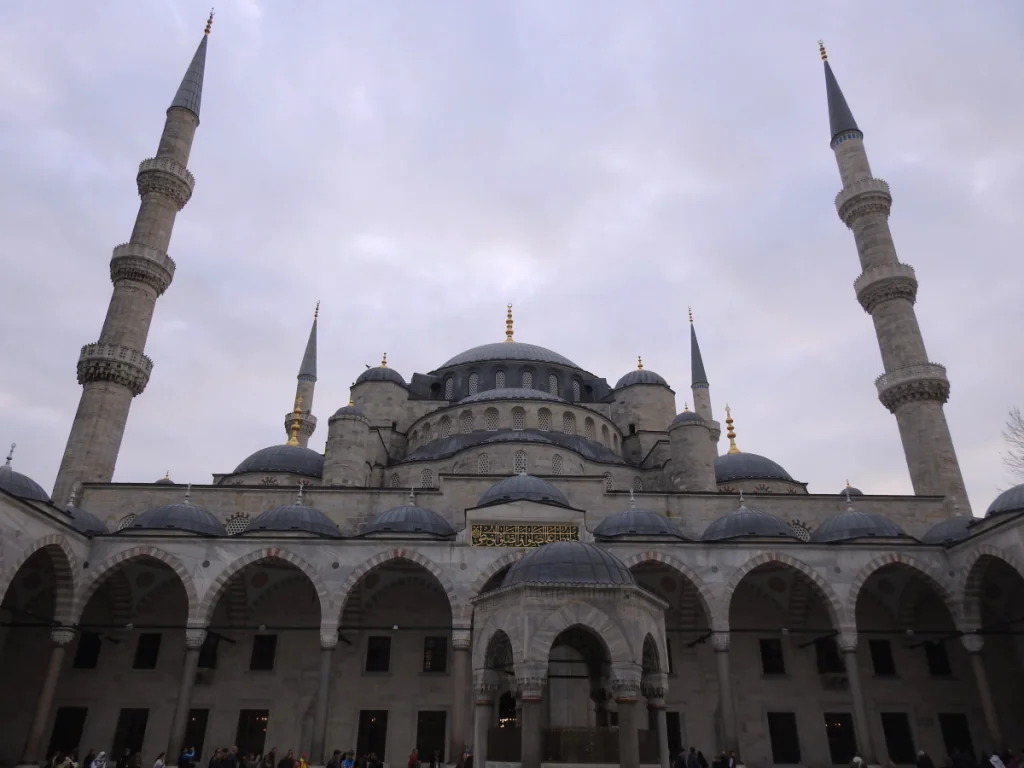
I cover my head with my shawl, take off my shoes and step onto the soft, thick carpets. Beauty is the word that comes to mind as I look around.
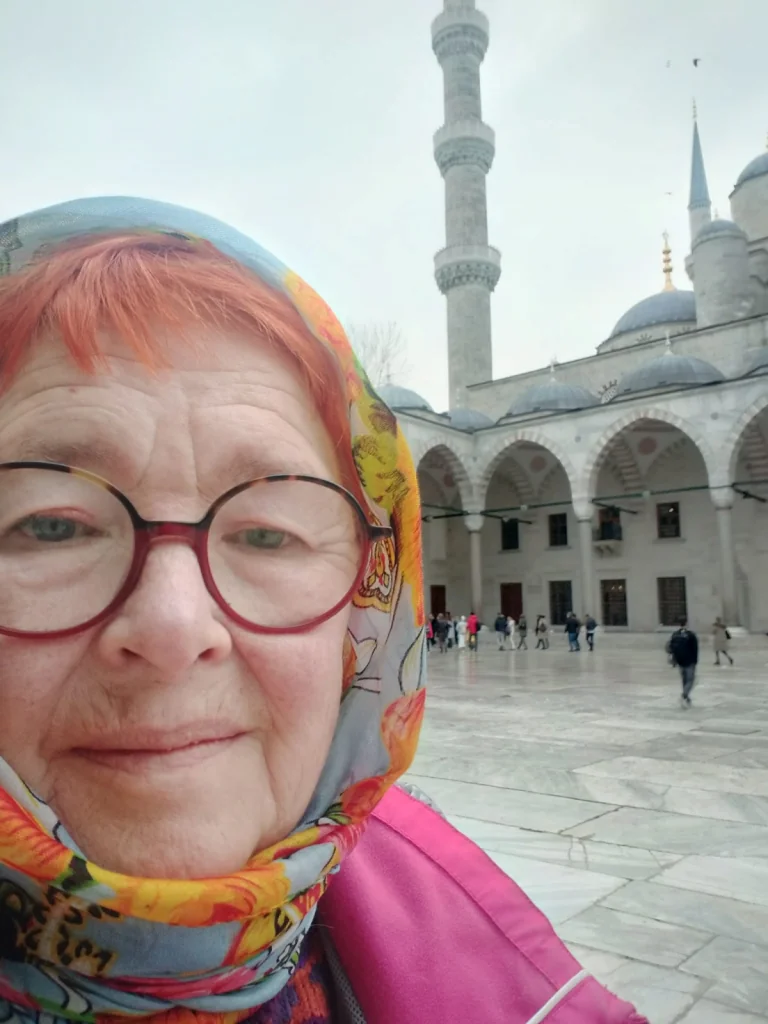
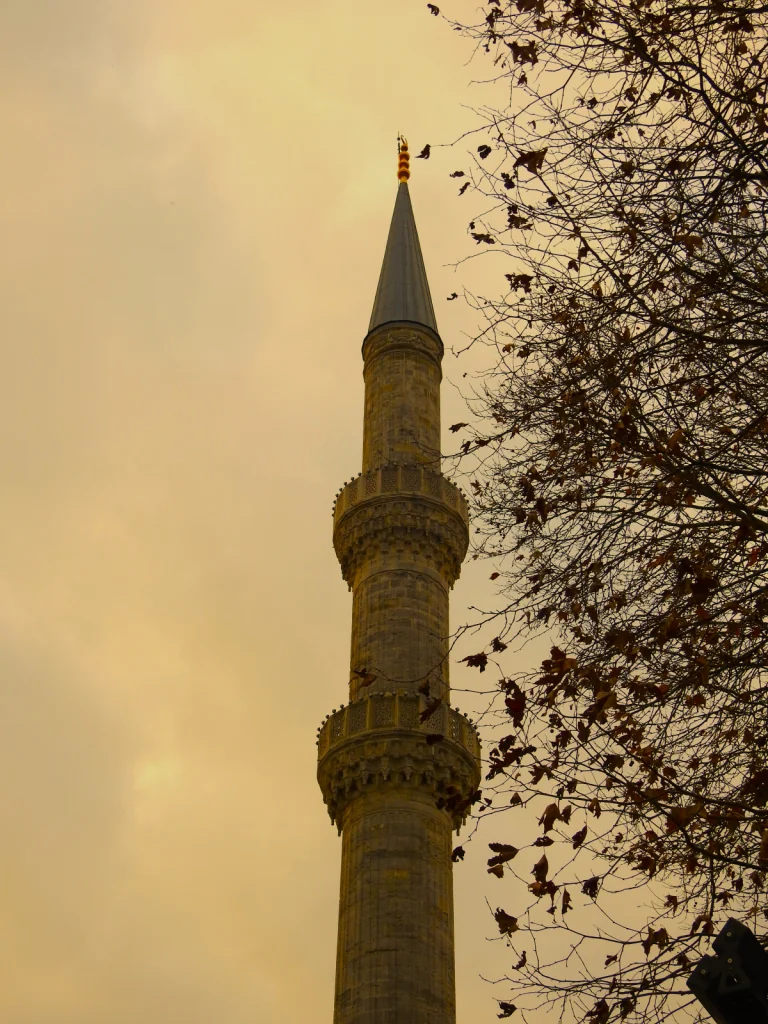
The Blue Mosque, officially named Sultan Ahmet Mosque, was built between 1609 and 1616 and consists of five major and eight minor domes and six minarets.
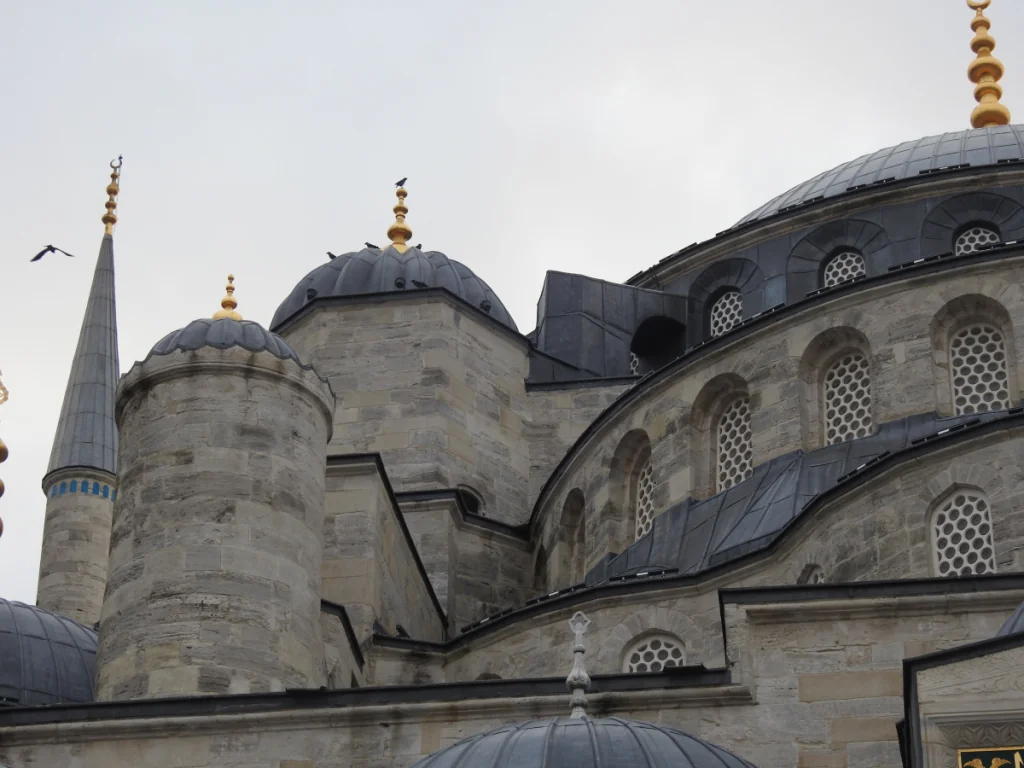
It's supposed to be one of the most beautiful mosques in the world, I can probably agree even if I haven't seen all of them... The domes are covered with beautiful blue mosaics, the chandeliers are gigantic. The windows are like looking into a kaleidoscope.
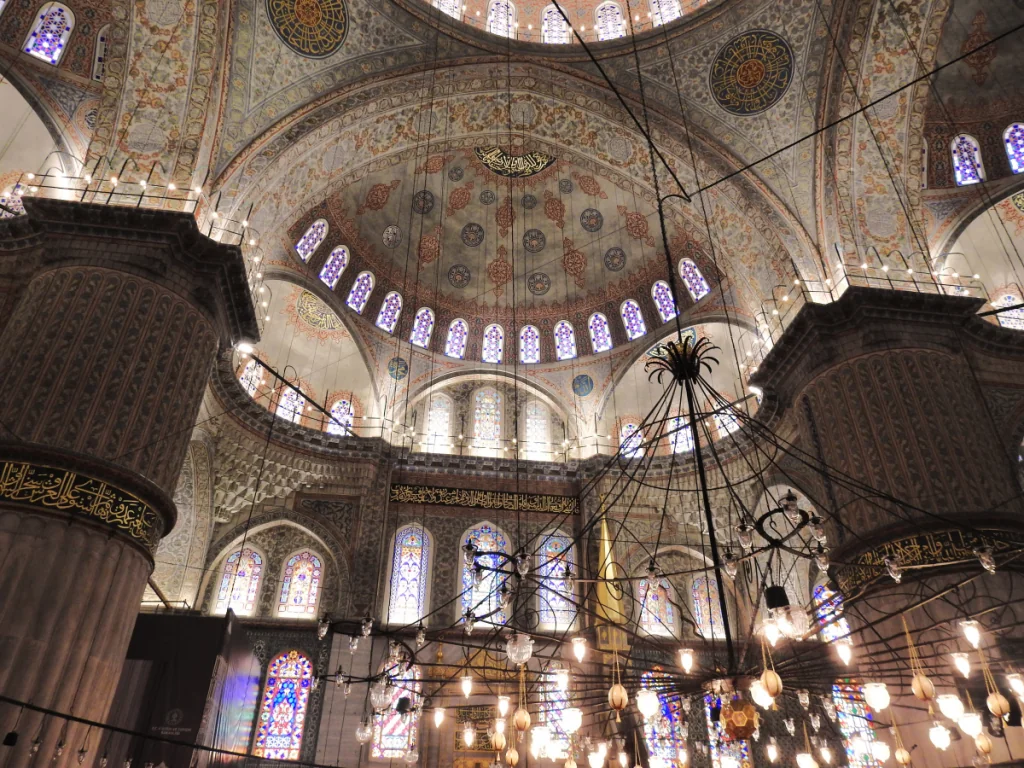

The mosque is open to visitors every day of the year, there is no entrance fee, and people behave respectfully by covering their hair and wearing longer skirts or trousers. If you don't have the right clothes, you can borrow them.
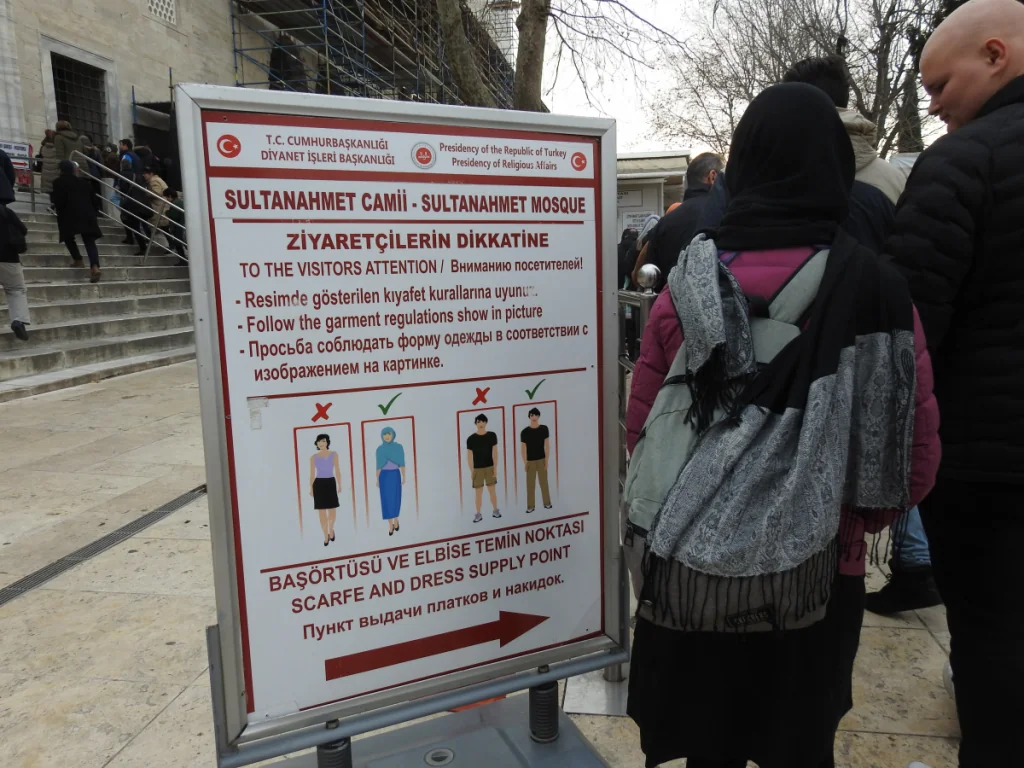
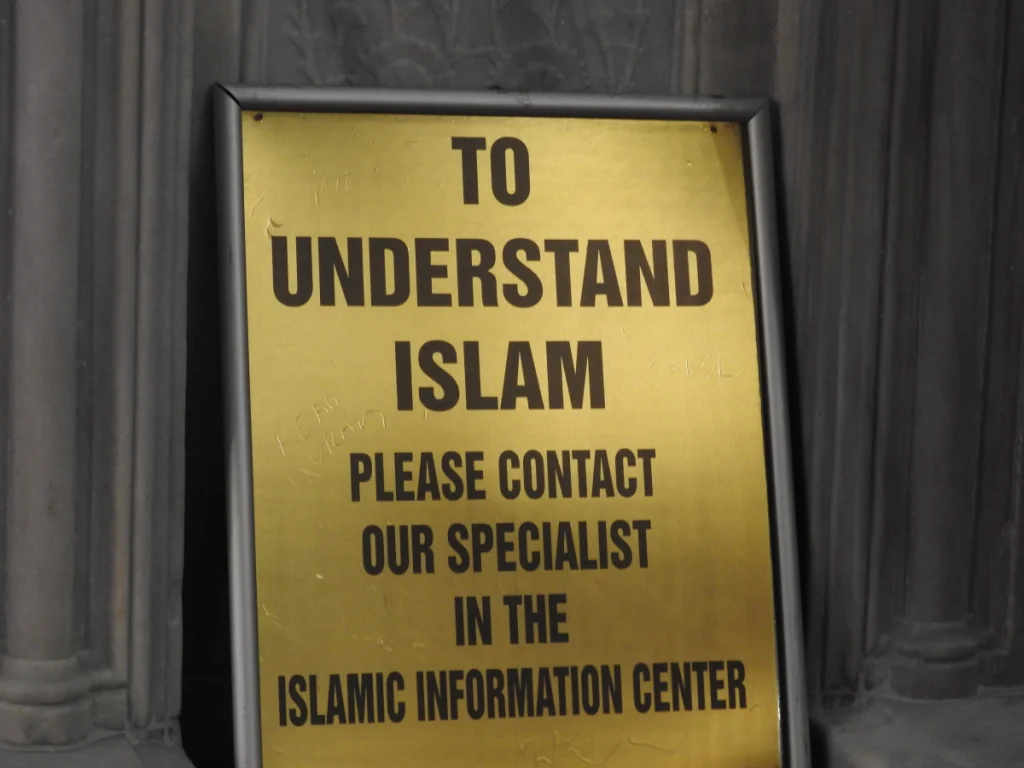
During the 5 x 90 minute prayer sessions each day, it is closed to non-believers.
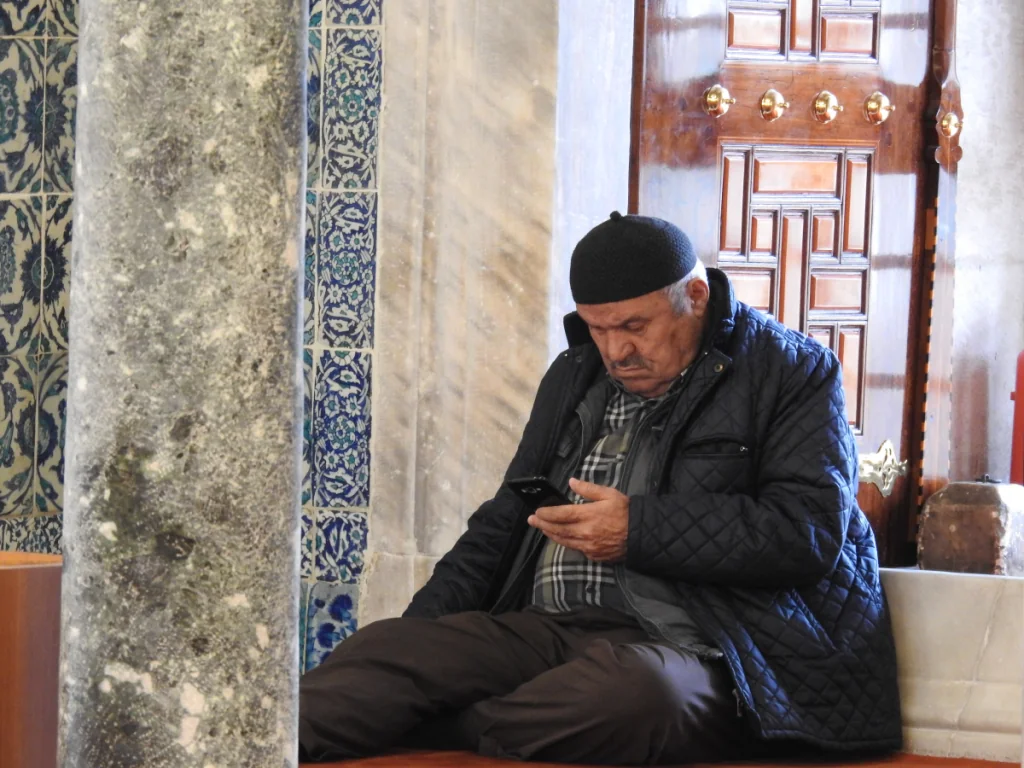
The second Turkish coffee of the day is consumed on a cosy outdoor terrace, the flavours curl on the tongue and it tastes just as it should. The queue outside the Basilica Cistern is getting longer and longer and I head there.
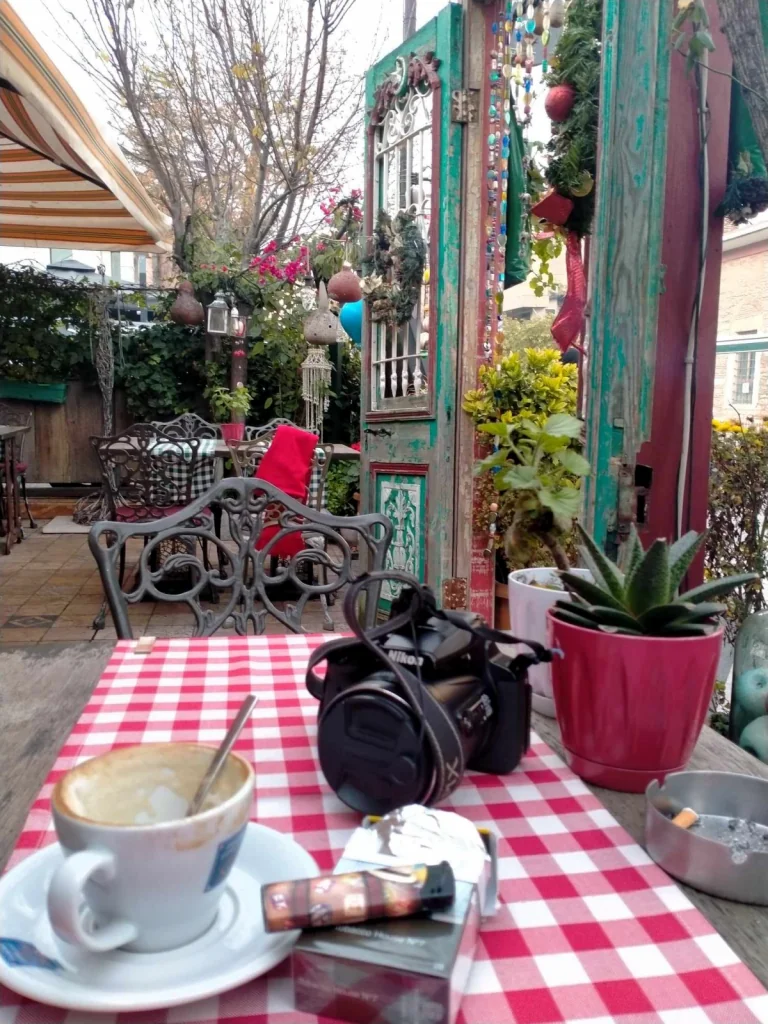
Basilica cisterns or the Sunken Palace, is one of the most popular tourist attractions, it was built in the 5th century to supply the city, then Kostantinople, with water.
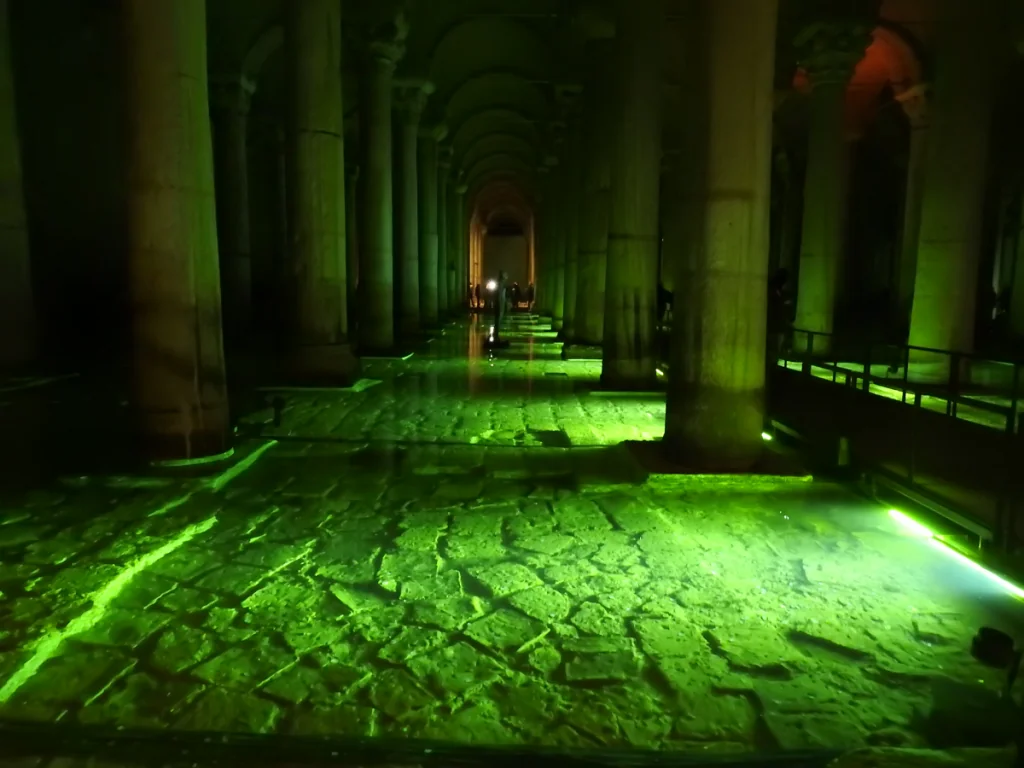
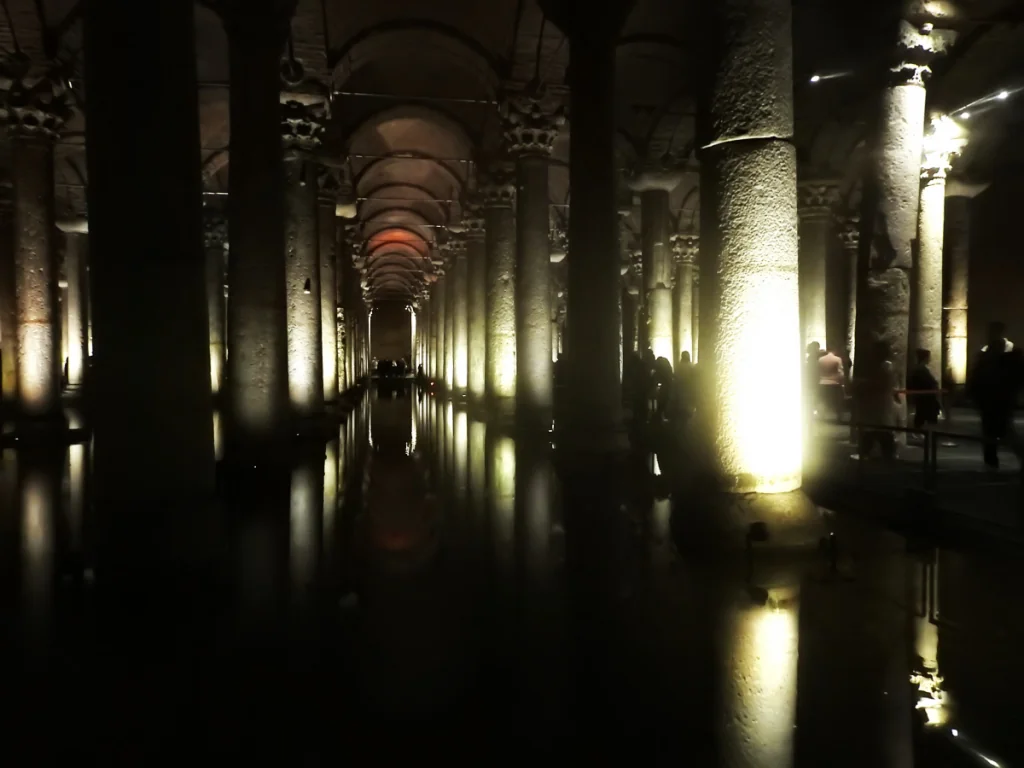
The cistern itself is underground and holds 100,000 litres of water, which at the time was piped via viaducts from the northern parts of the city.
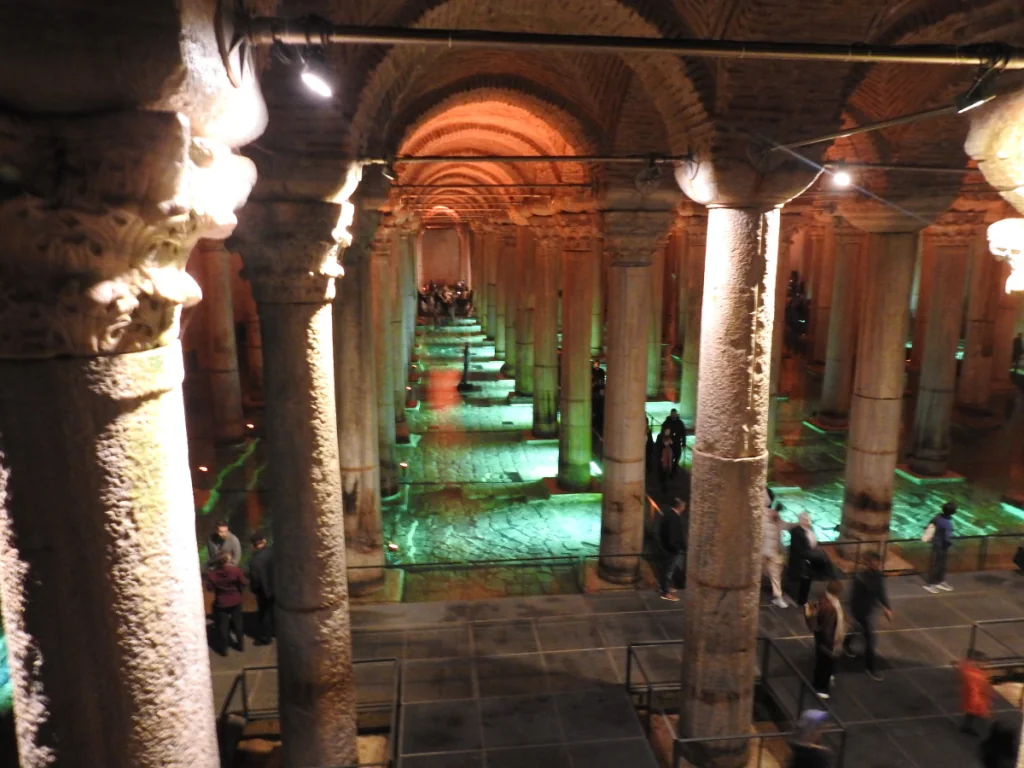
The 336 pillars are gigantic, 9 metres high.
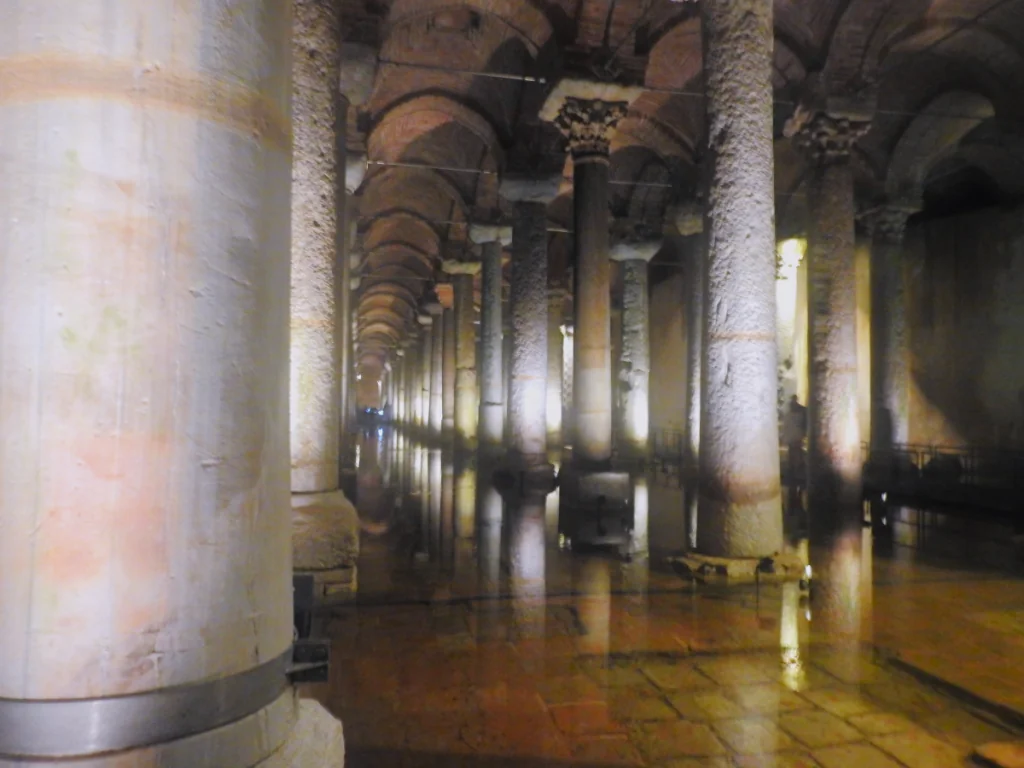
It's a spectacle in itself, dripping from the ceiling, misty and the camera lens fogging up again. The spotlights change colour and the occasional work of art can be seen.
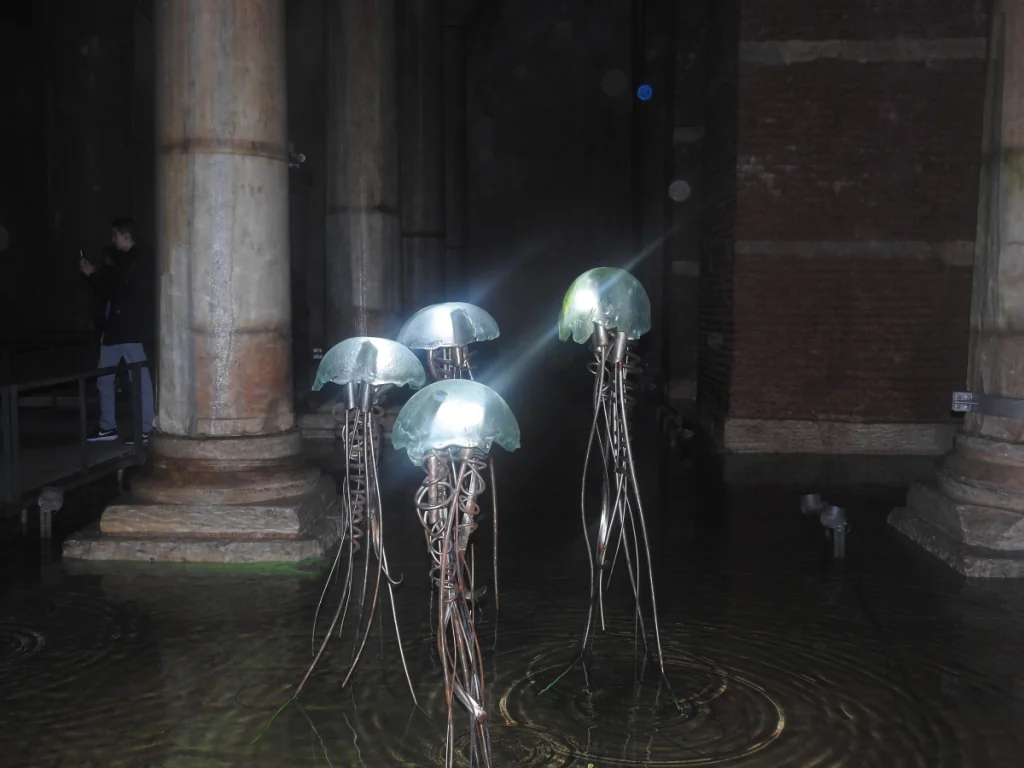
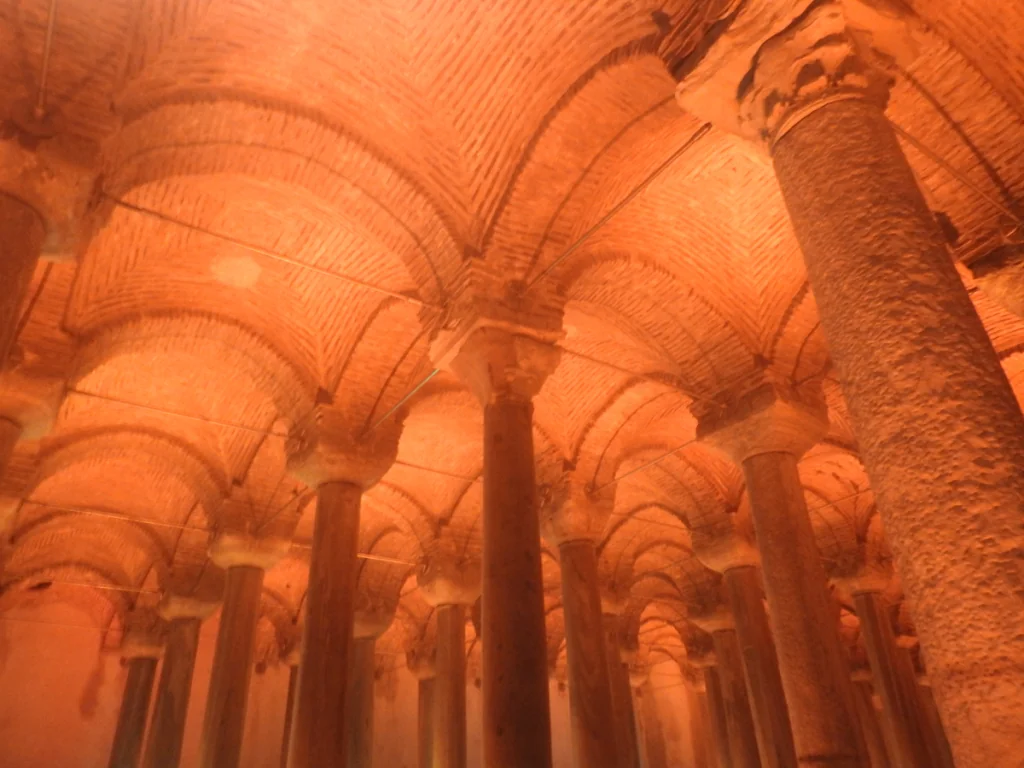
It is advisable to arrive early for the cistern, as the entrance ticket can be purchased on site or online.
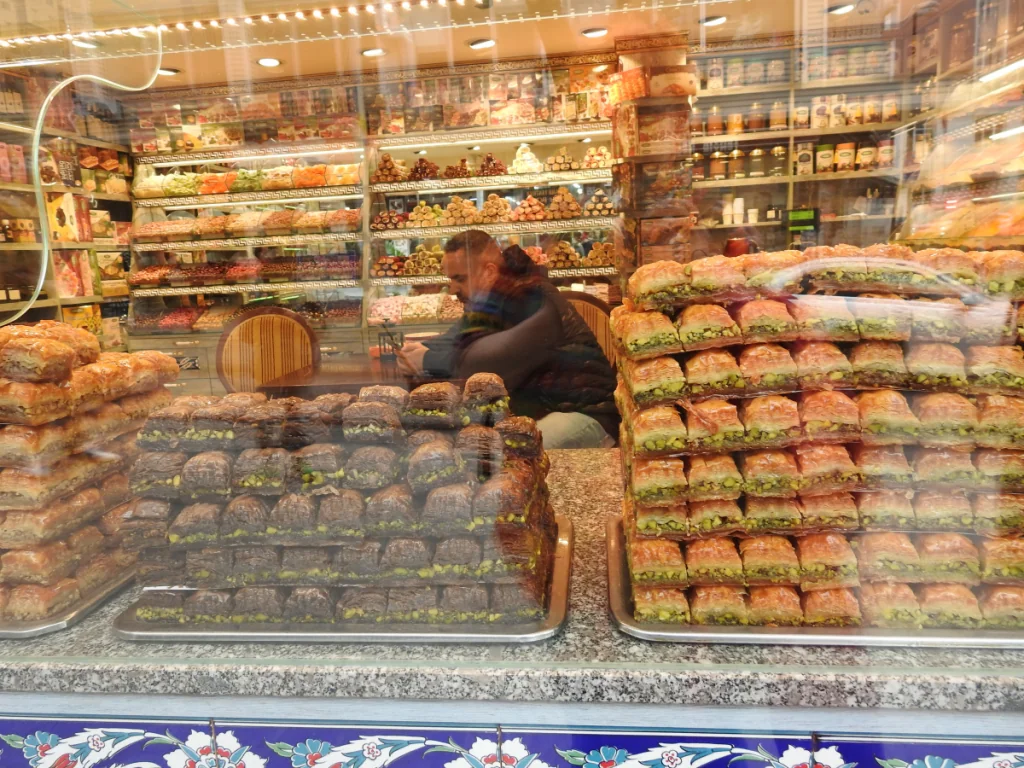
I trudge on, my goal is the spice bazaar and after some questioning I find it. The Spice Bazaar or the Egyptian Bazaar as it is also called, is an experience for all the senses.
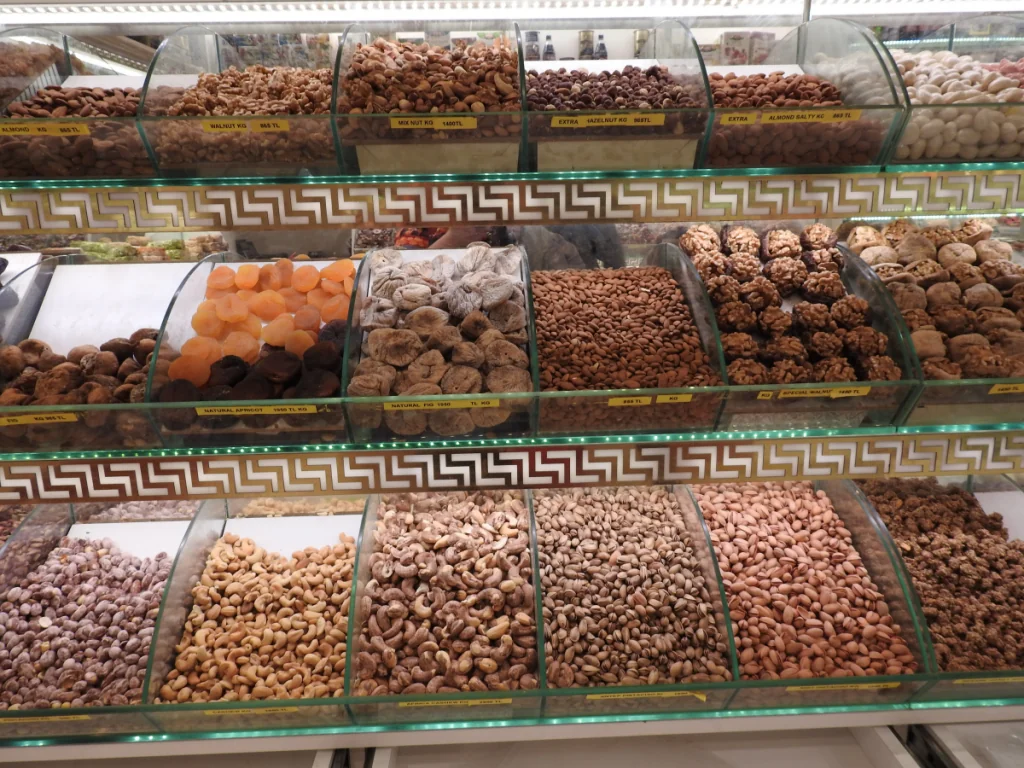
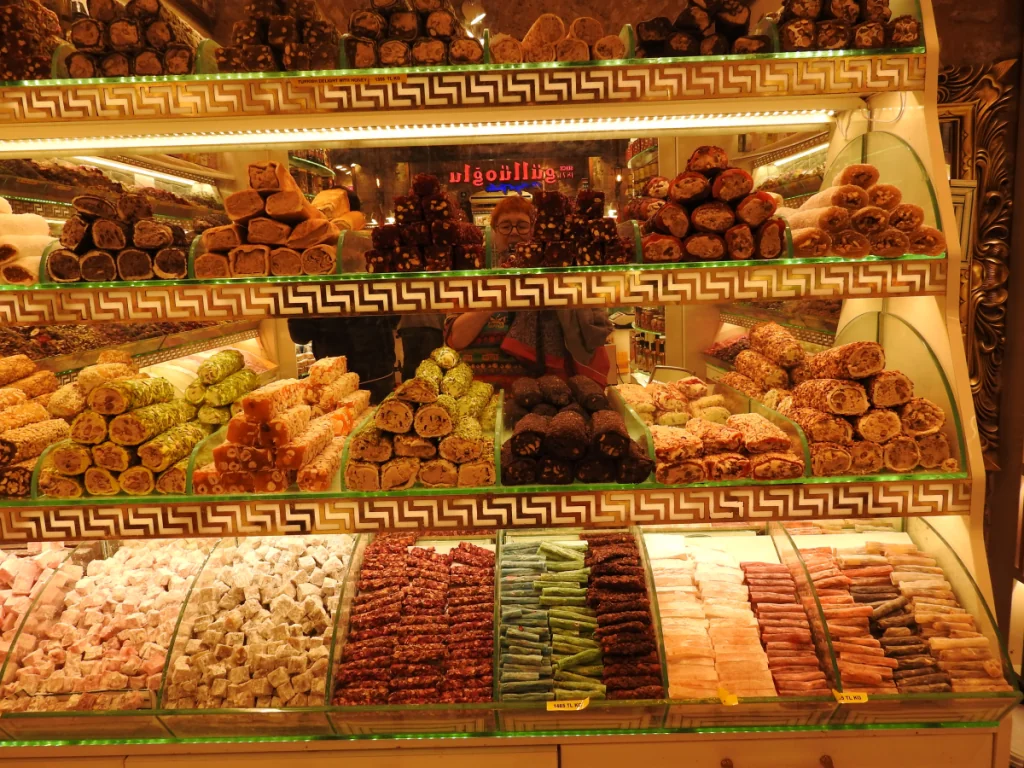
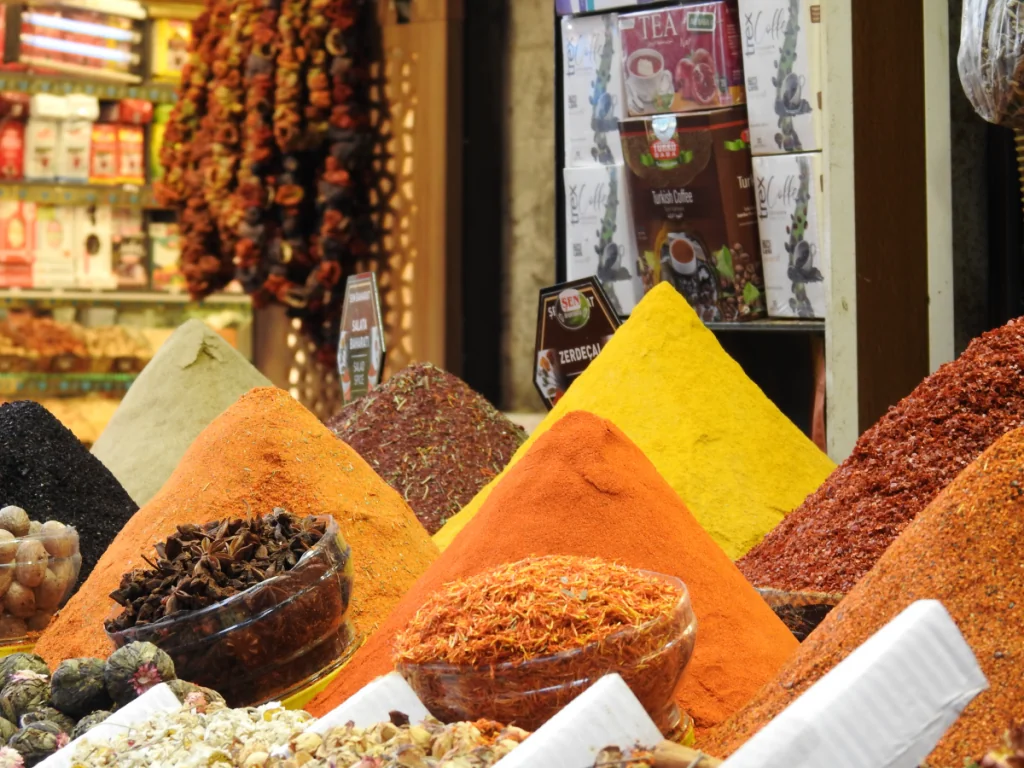
The building itself dates back to the 18th century and was a hub for trade along the Silk Road.
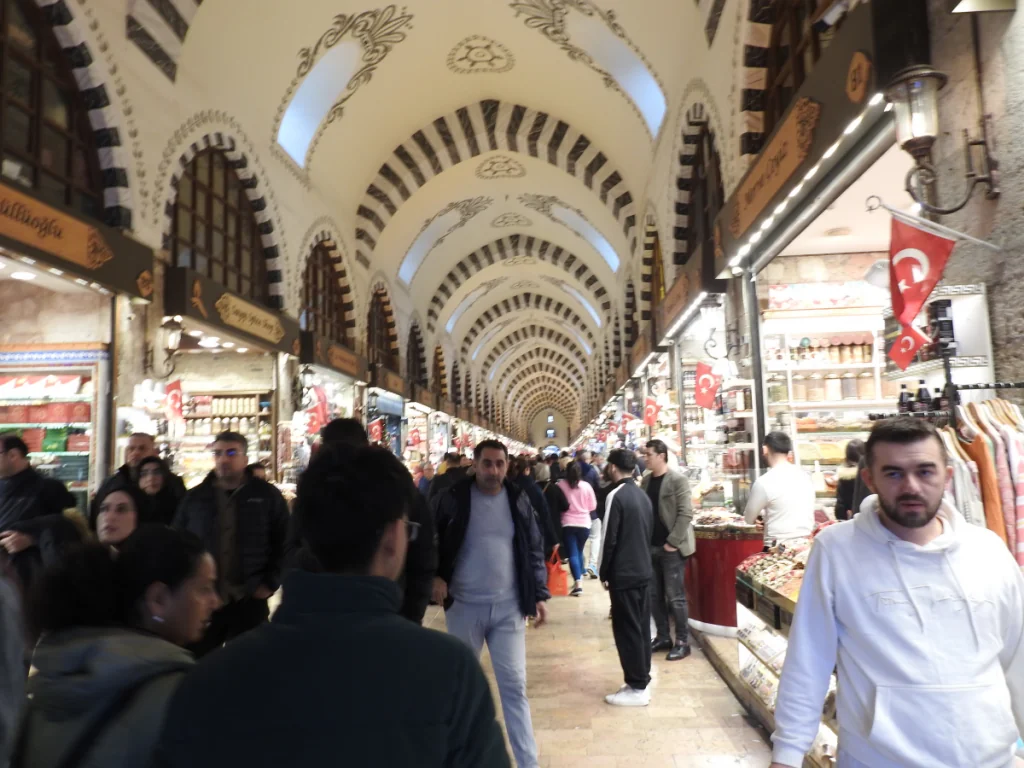
The bazaar is a fantastic mix of colour, shape and smells. Sure, it's touristy to the max and you get lured into the little shops, offered tea that I never drink... They must think I'm an alien who doesn't drink tea.
There are teas for all ailments and problems such as impotence, ageing and gallstones.
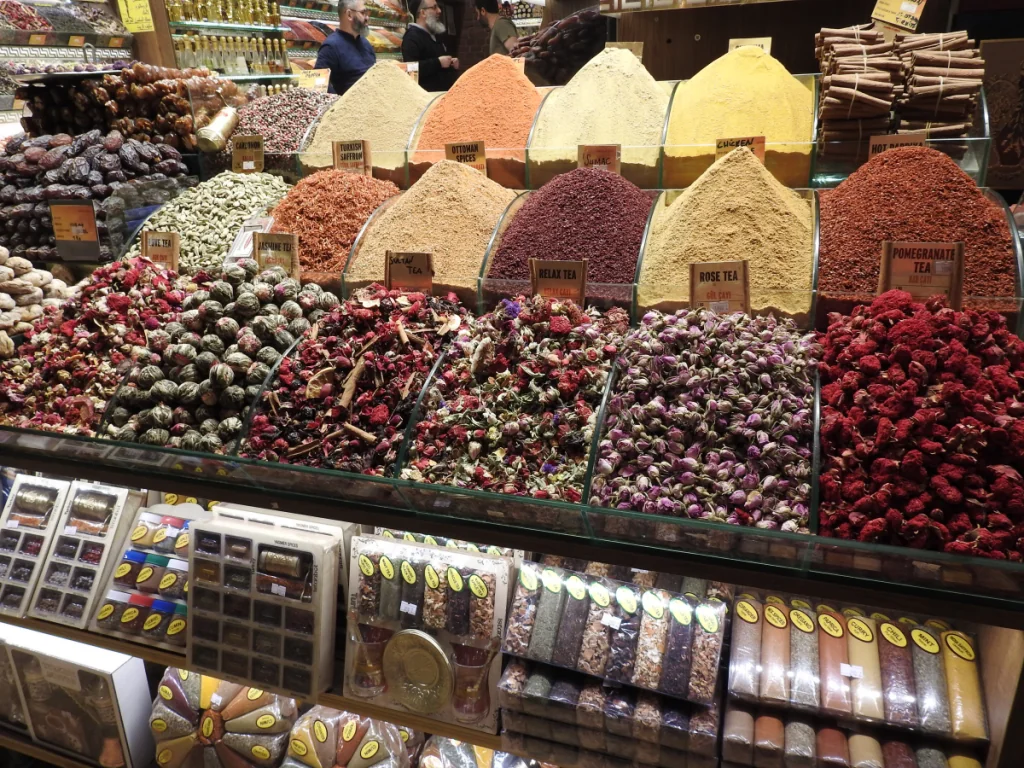
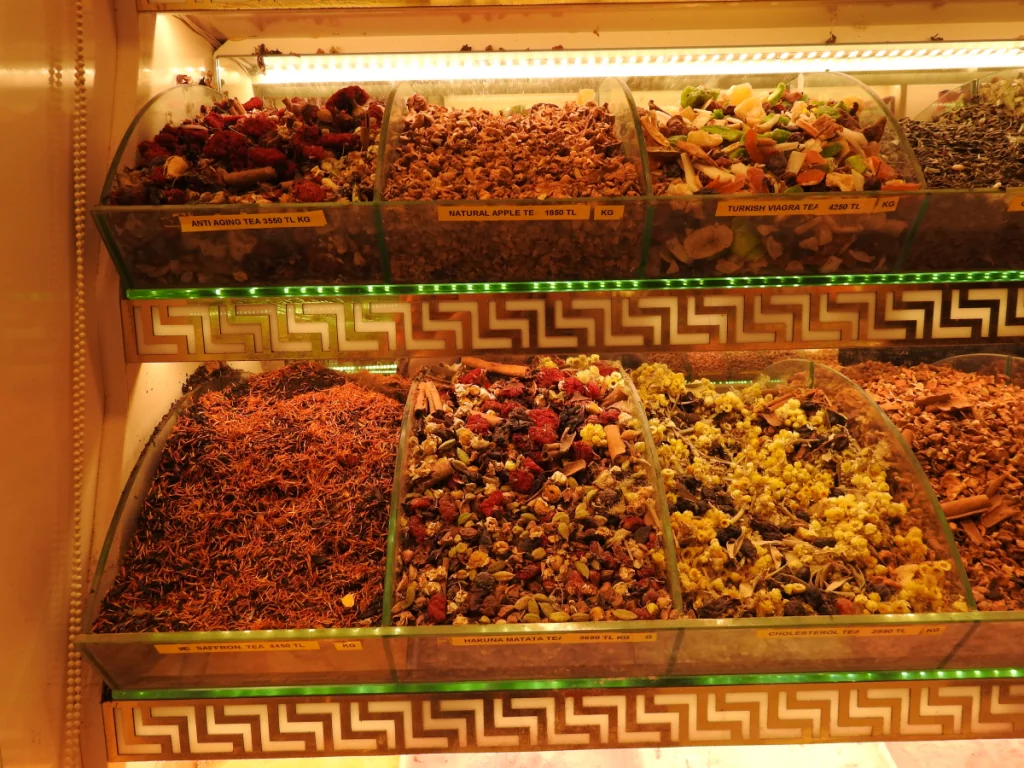
An older man with a turban asks me in broken English where I am from; I say Sweden and the answer that comes is: - A lot of terrorism in Sweden and he refers to the Koran burnings ...
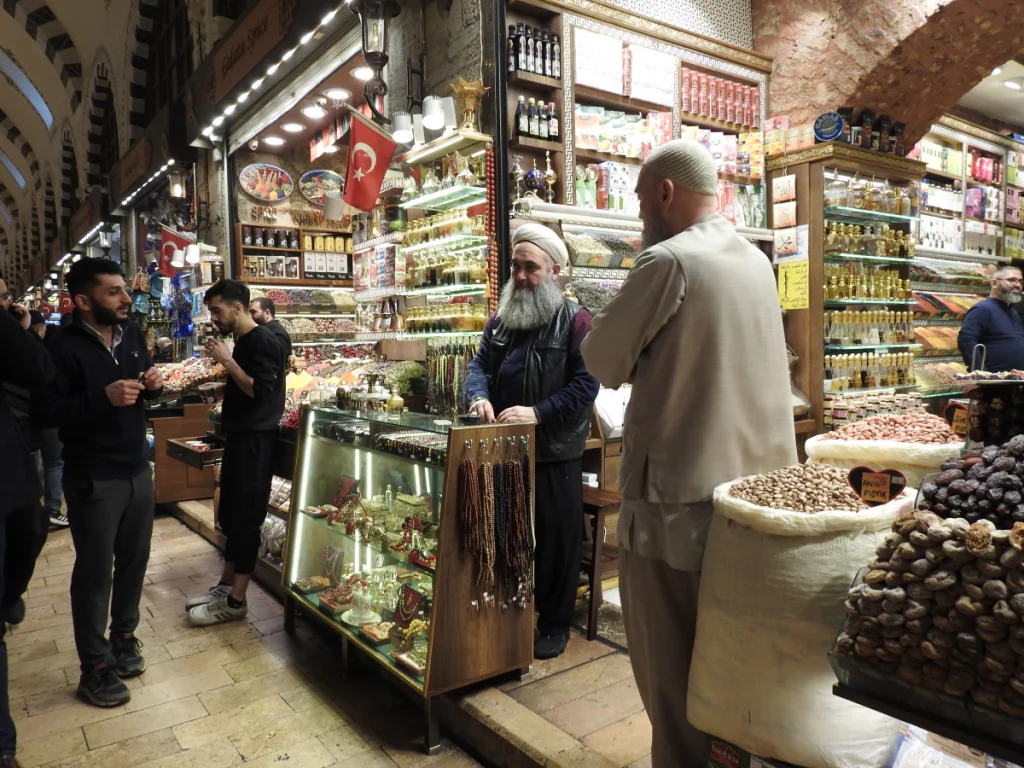
Looking back towards the heart of the city to visit Hagia Sofia, the old cathedral that later became a mosque. The queue is about 700 metres long with four men in width so I skip it, with a little sadness in my heart.
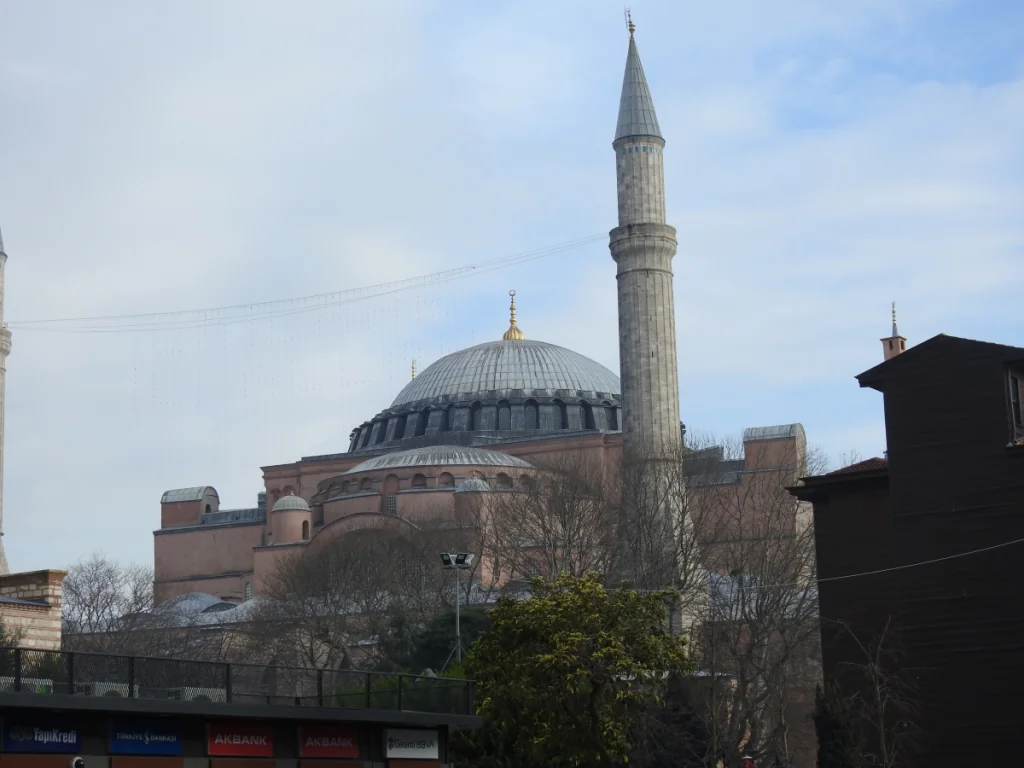
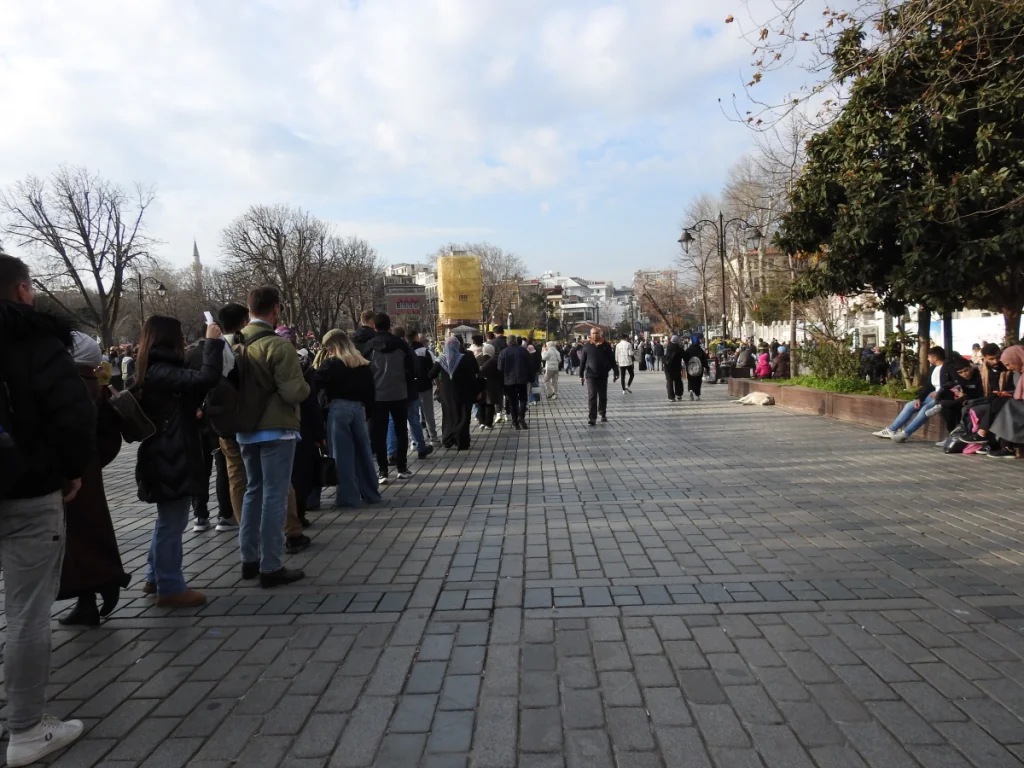
The Suleymaniye Mosque is another of the really big mosques in the city centre, I put my shawl back on and let myself be captivated by this amazing building.
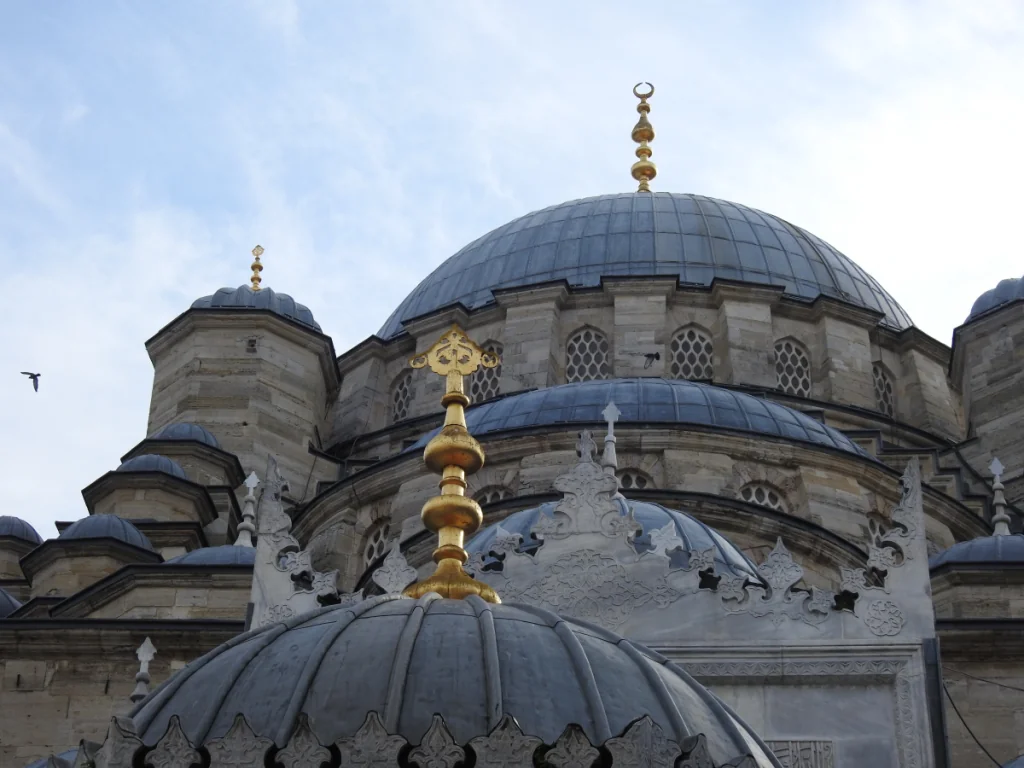
Built in the mid-1550s, it has four minarets, one in each corner, and is around 76 metres high. Inside the mosque itself there are also beautiful mosaics and magnificent ceiling decorations.
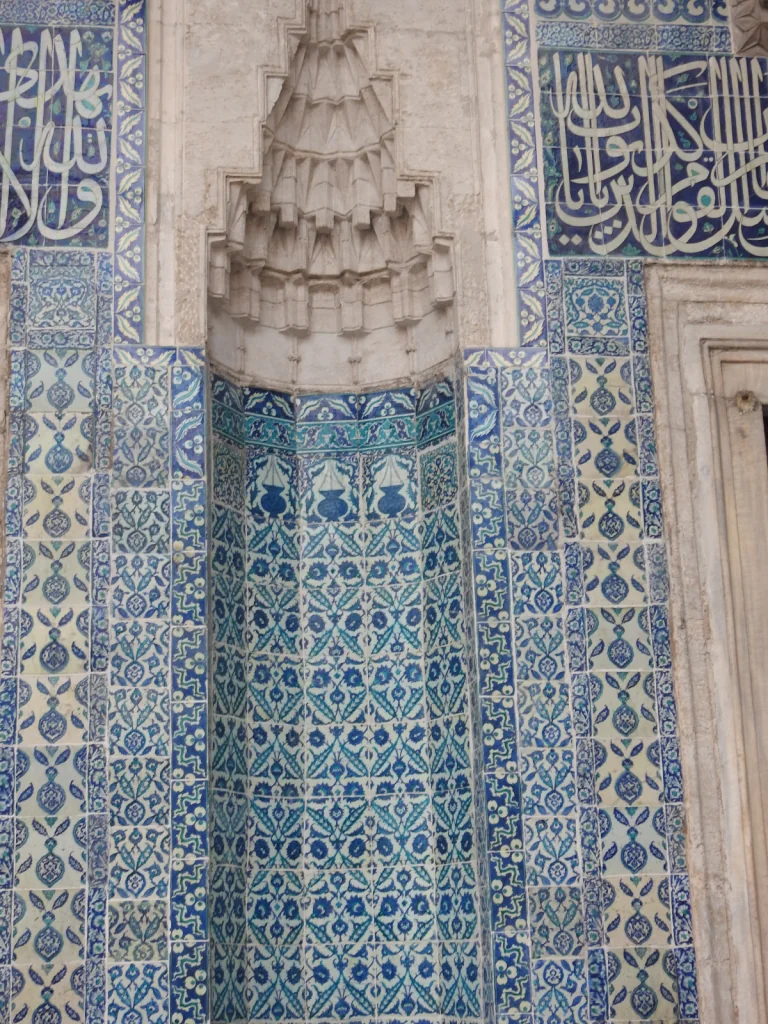
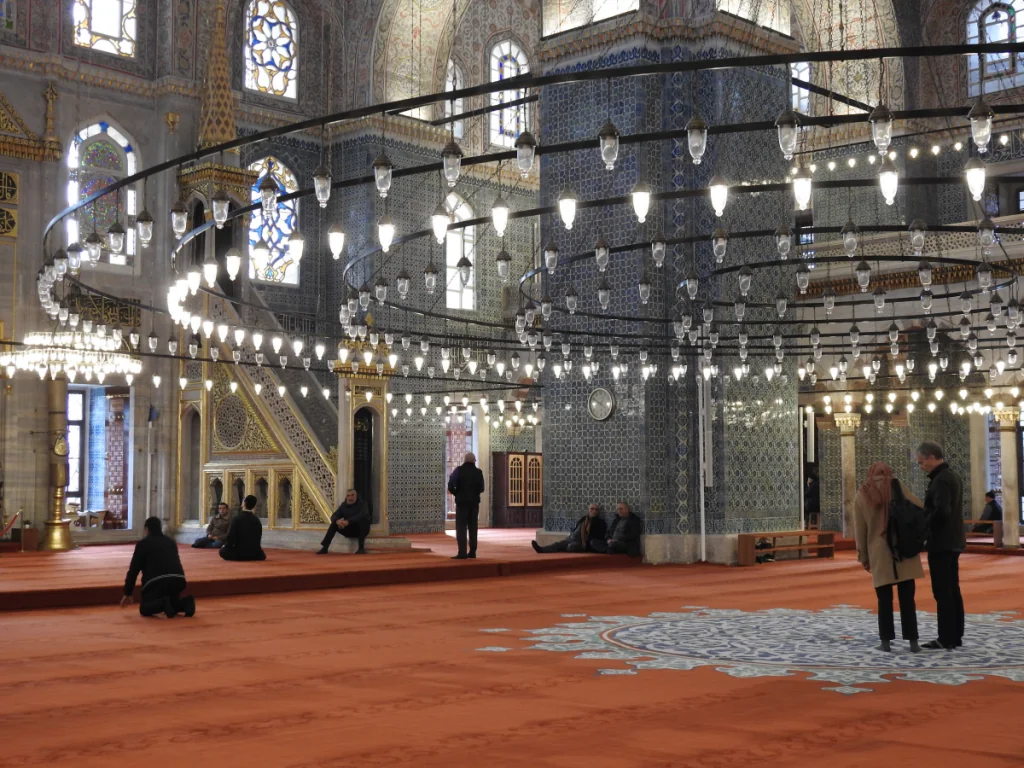
A prayer session is taking place and visitors are kindly but firmly turned away.
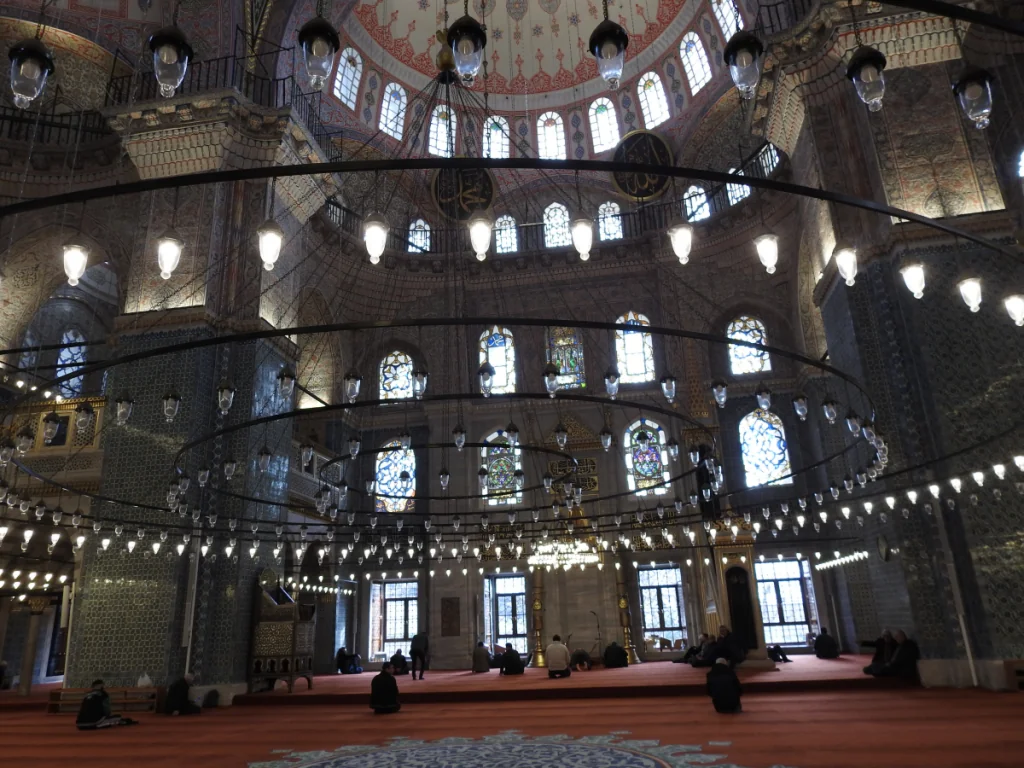
I wander around Taksim Square, marvelling at the tiktokers and selfie addicts.
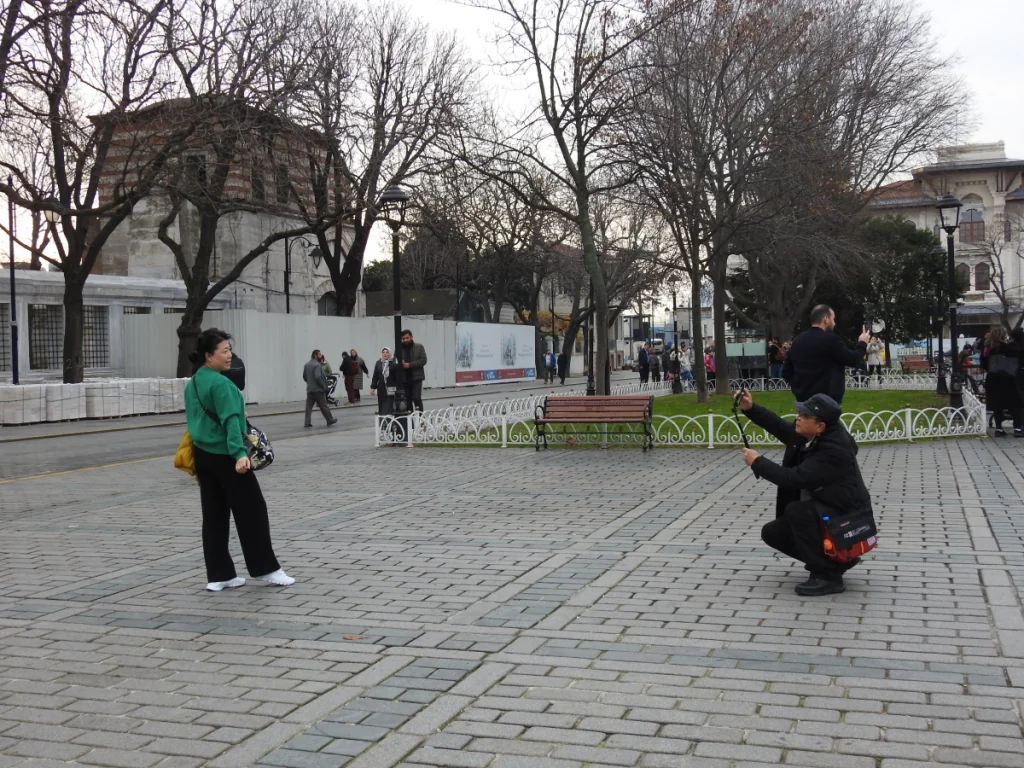
Pigeons galore, an old man pours grain into small cups to be sold to those who want to feed the birds.
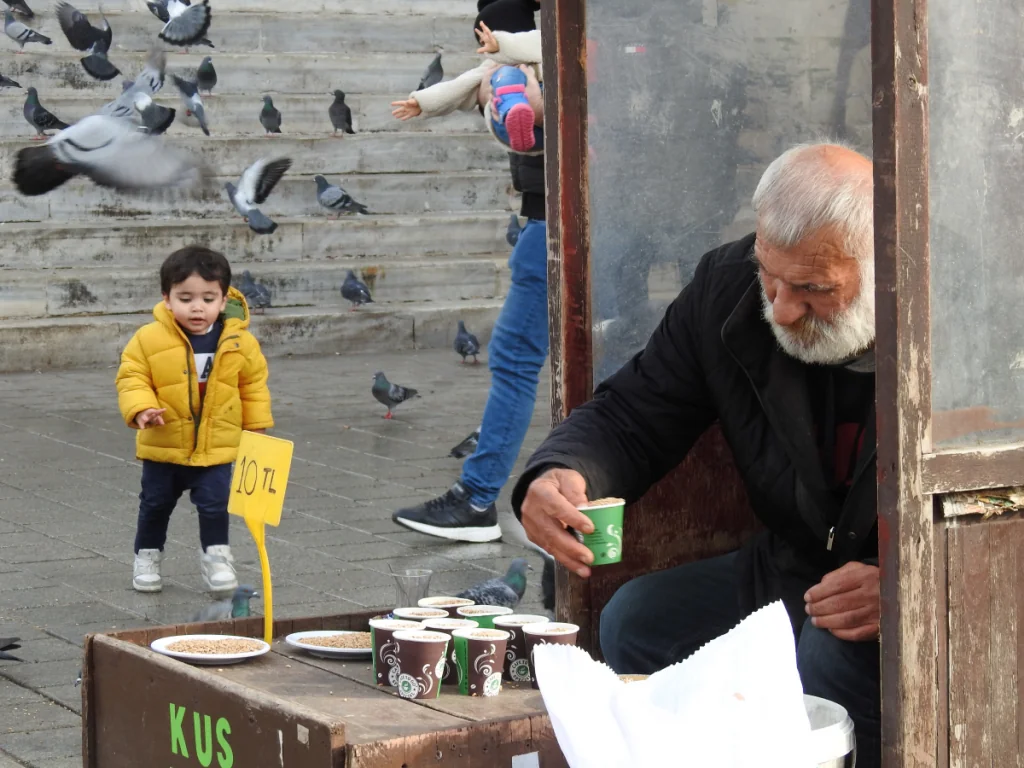
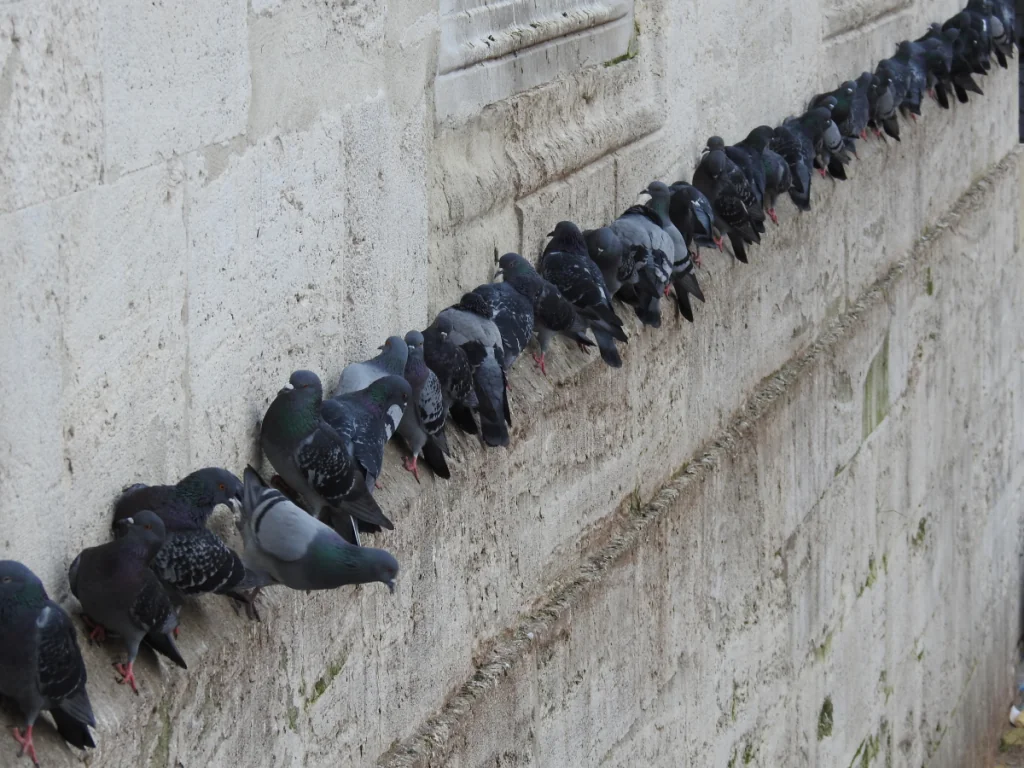
Another shopping street is lined with lots of small stalls selling everything from cheeses and olives to seeds and bulbs.
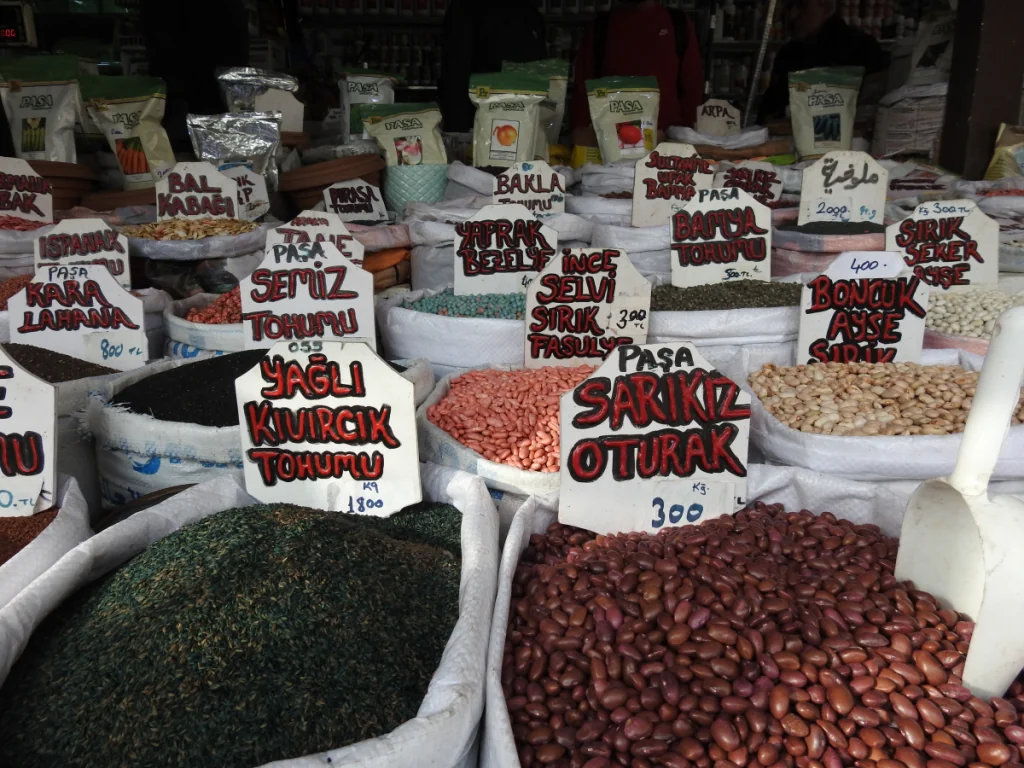
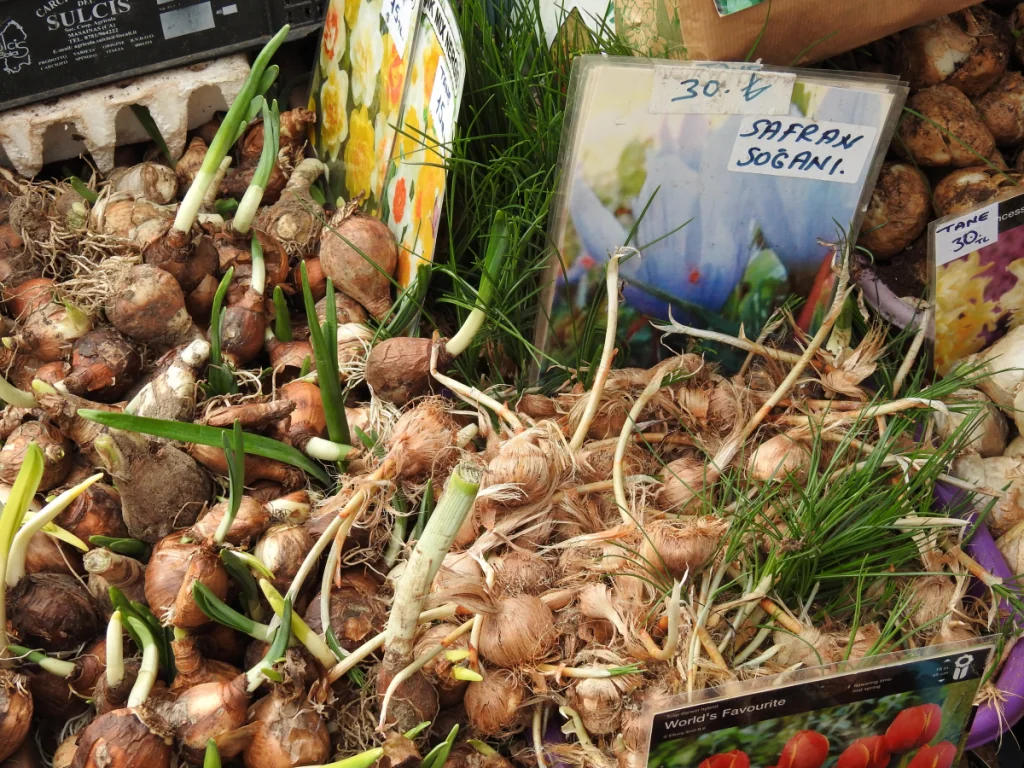
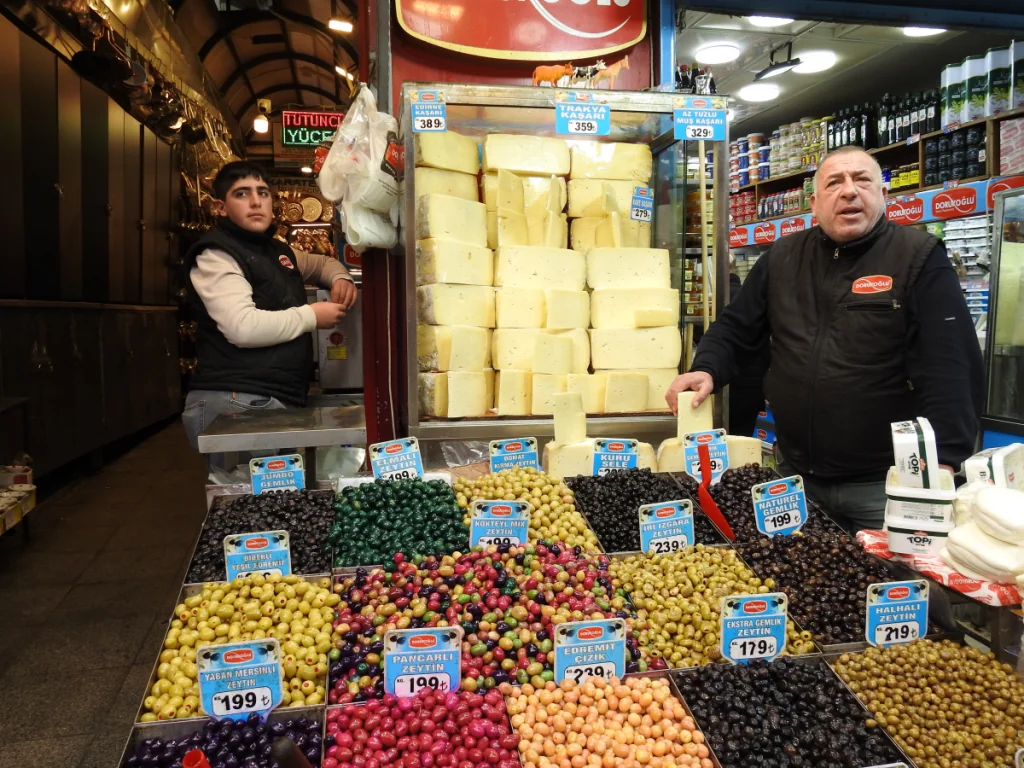
Seven hills restaurant and hotel is a rather unassuming building but with a great view of the city centre, ranging from the Bosphorus to way over on the Asian side.
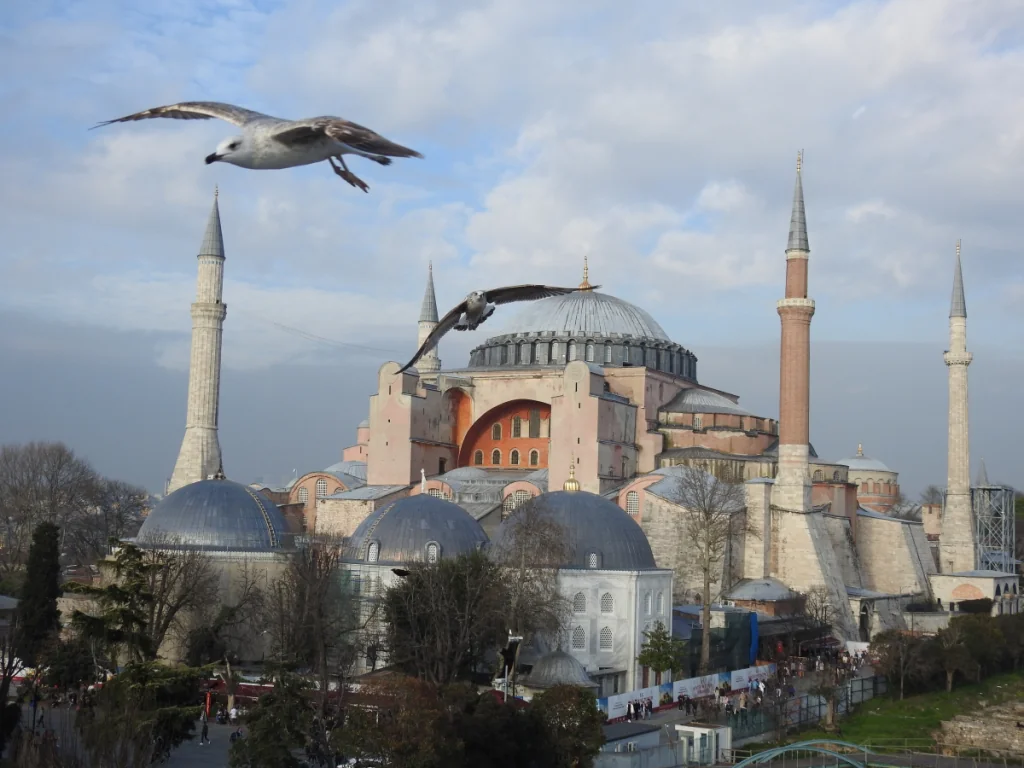
The greatest pleasure among the visitors is to feed the very greedy seagulls with food scraps, a fork in the air and suddenly a bunch of seagulls catch the prey in flight. What is this good for I wonder in my quiet mind, maybe for a tiktok film, what do I know.
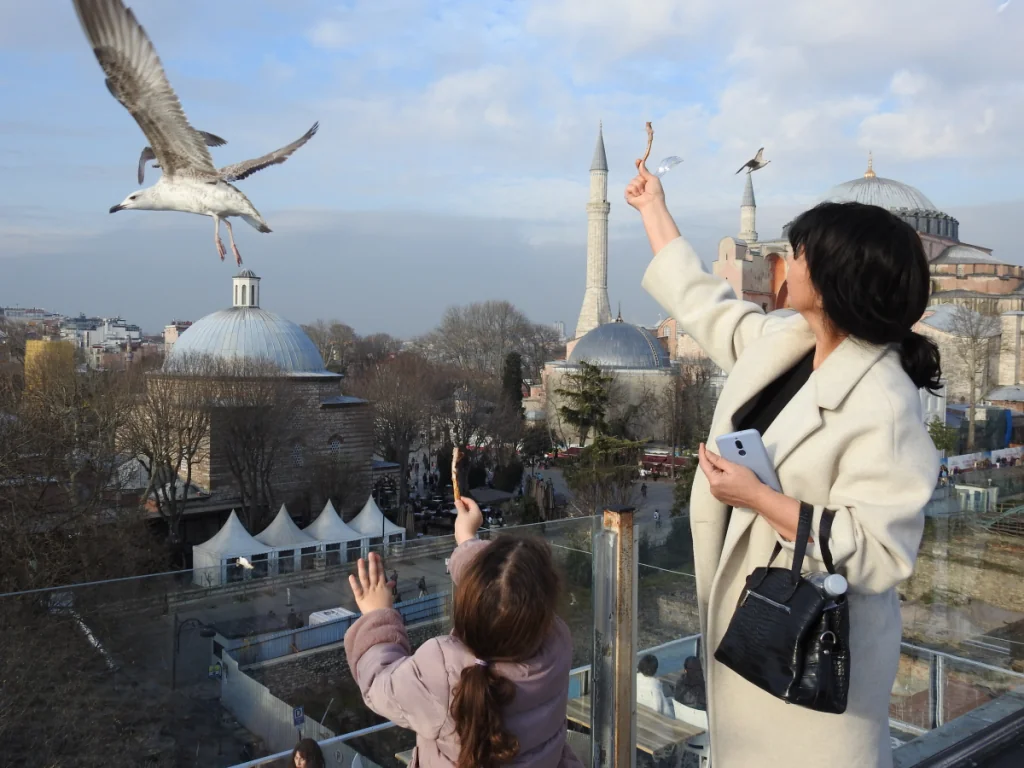
I enjoyed my day in Istanbul, and I will be back here soon.
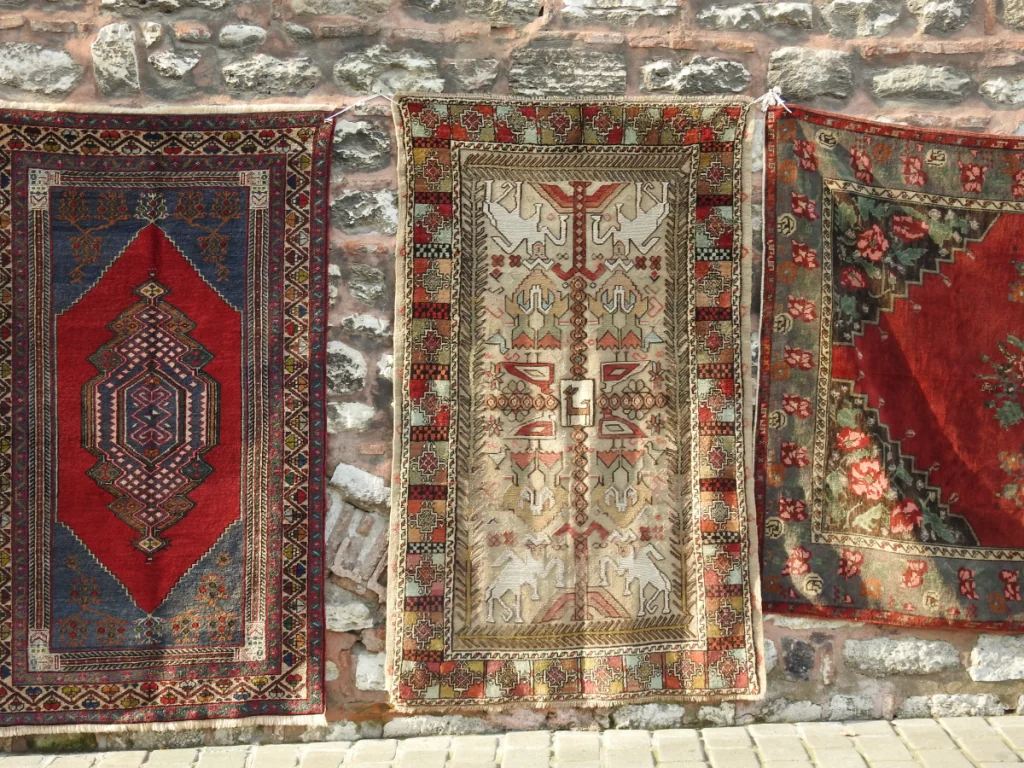
The late evening flight takes me to Aqaba in Jordan, you're coming with me, right?
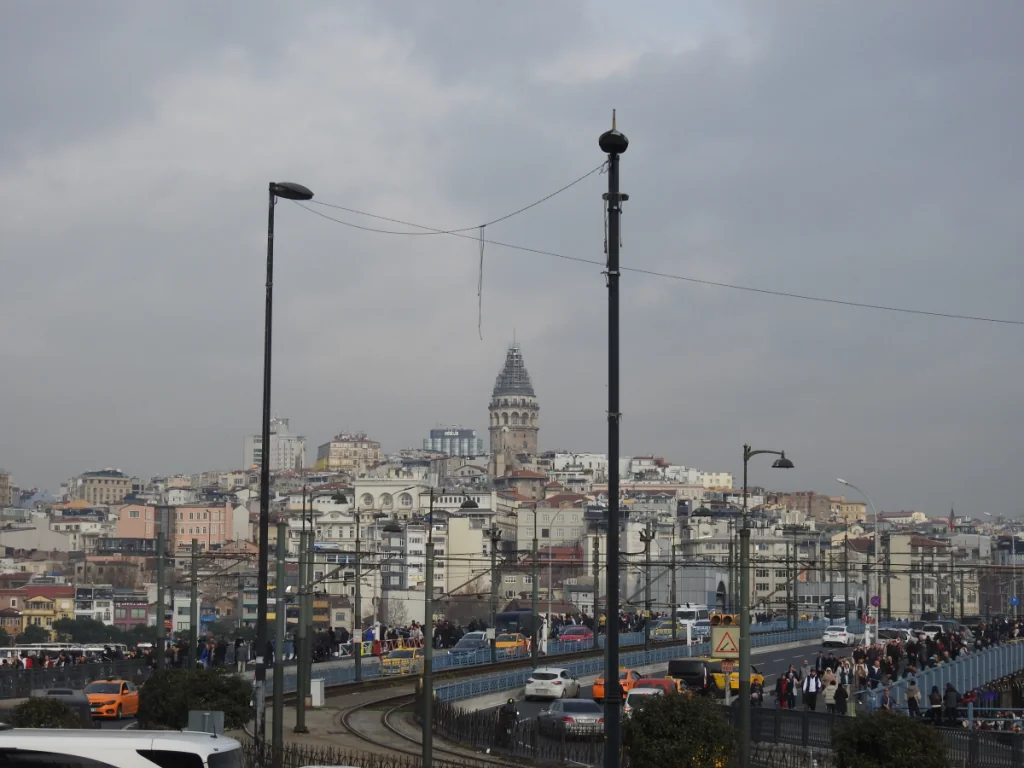


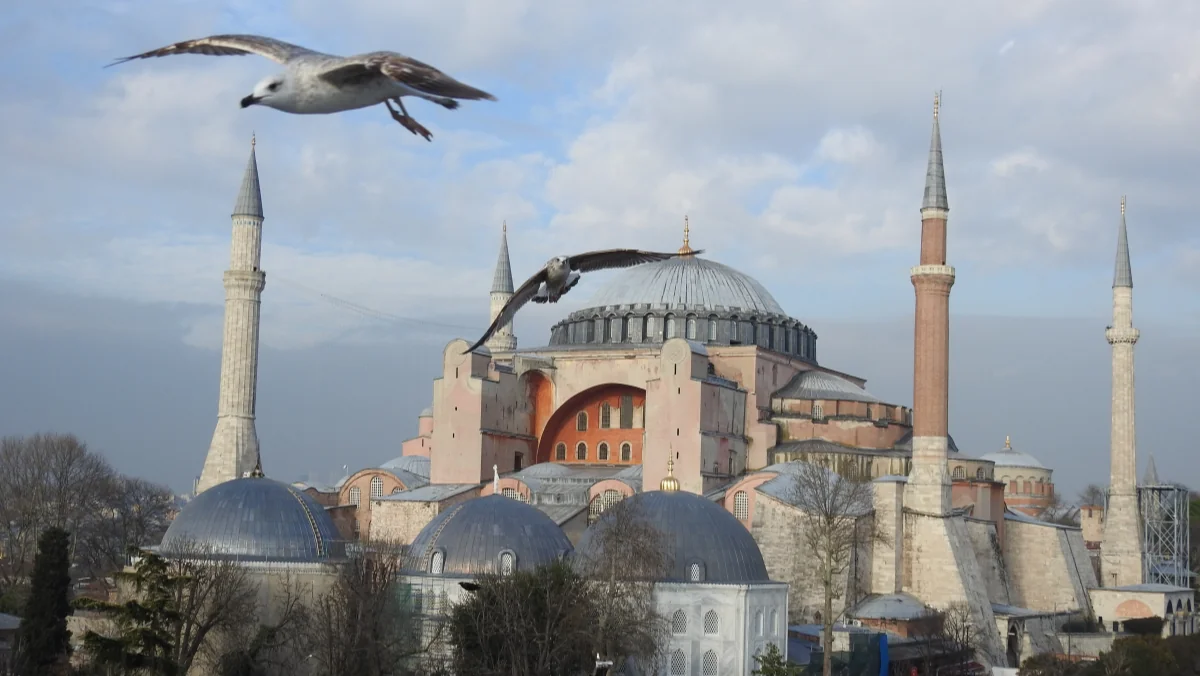






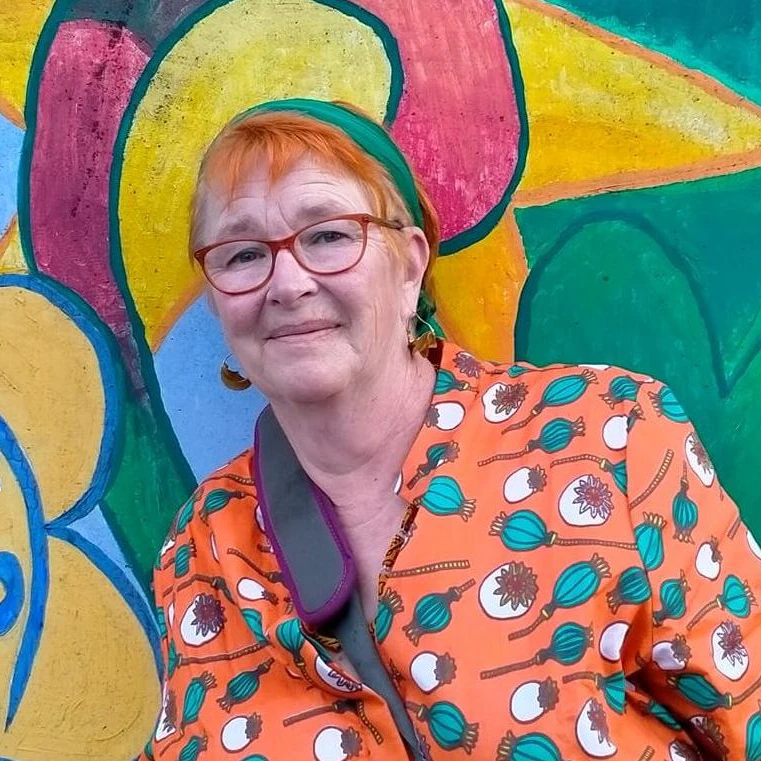

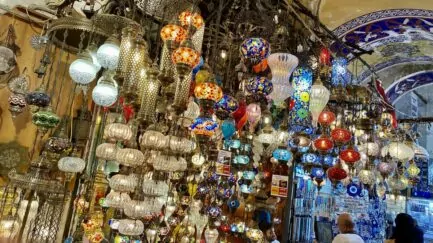
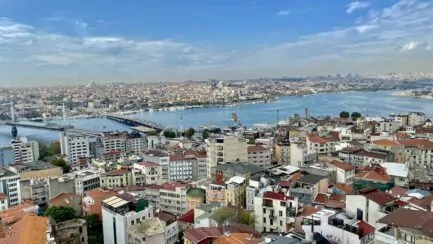
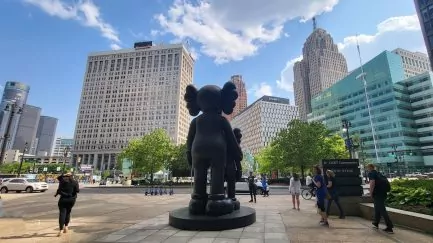
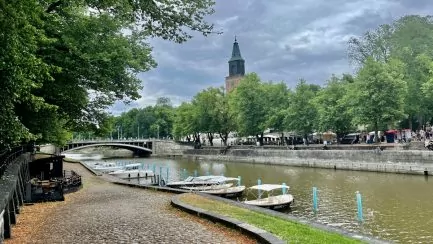
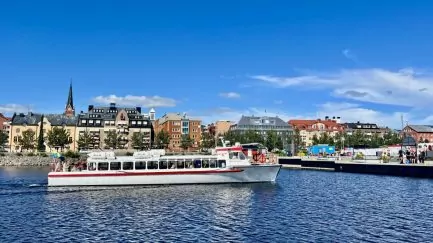
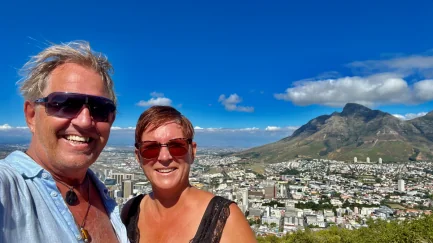



bmlarstravellingblog says:
My first visit to Istanbul was much like yours! Was there for a Genetics meeting with a packed programme and tried to visit and see as much as possible in the little free time available. From a simple accommodation in the Old Town we had a great breakfast view of the Blue Mosque and Agia Sofia.
Thankfully, I went back a couple of years later and was able to give the city some more time!
23 January 2024 - 11:06
Anna Nilsson Spets says:
Yes but of course serru, fantastic city and will soon go back plus do a little more of Turkey. I also lived in Sultanhamet and had the same view. I think it is so beautiful with the minaret songs, in Istanbul they were particularly beautiful.
23 January 2024 - 13:58
BP says:
Thank you very much for this "walk on Memory Lane". We were there in the 1990s and visited your places except the cisterns. Then we took the boat to the Asian part of the city as well and visited the huge souk.
Istanbul is a wonderful city. It was already vibrant then, and probably even more so now. For some months now, Turkey has been running an advertising campaign on the BBC to attract tourists to Istanbul.
And the city's street food - yummy:-)
23 January 2024 - 20:43
Anna Nilsson Spets says:
Thank you for reading and commenting. Istanbul attracts a return visit, a trip on the Bosphorus to as the Asian part is on the list. Street food, yes yummy not to mention the coffee!
24 January 2024 - 6:05